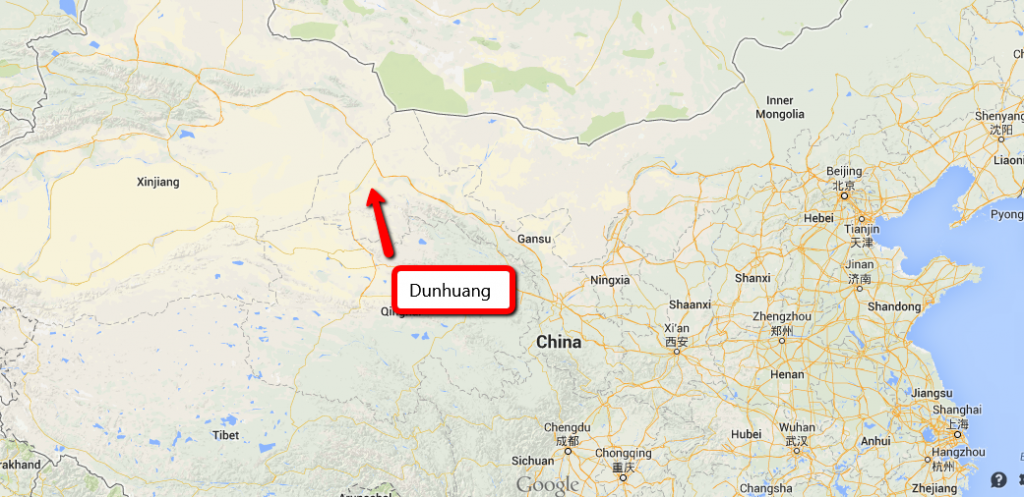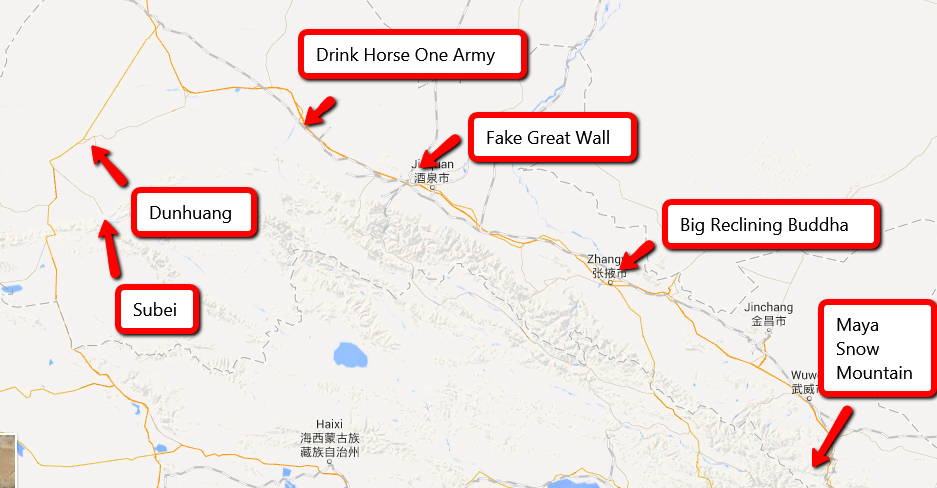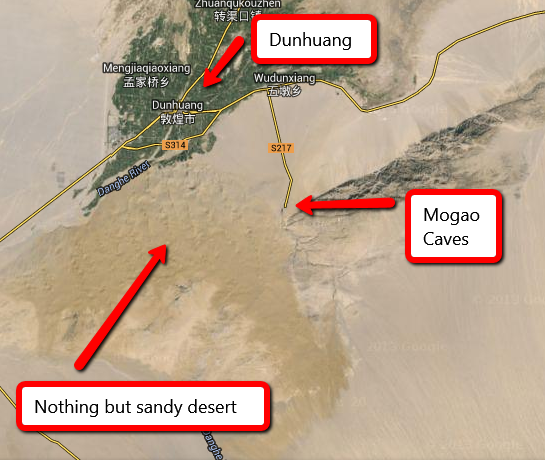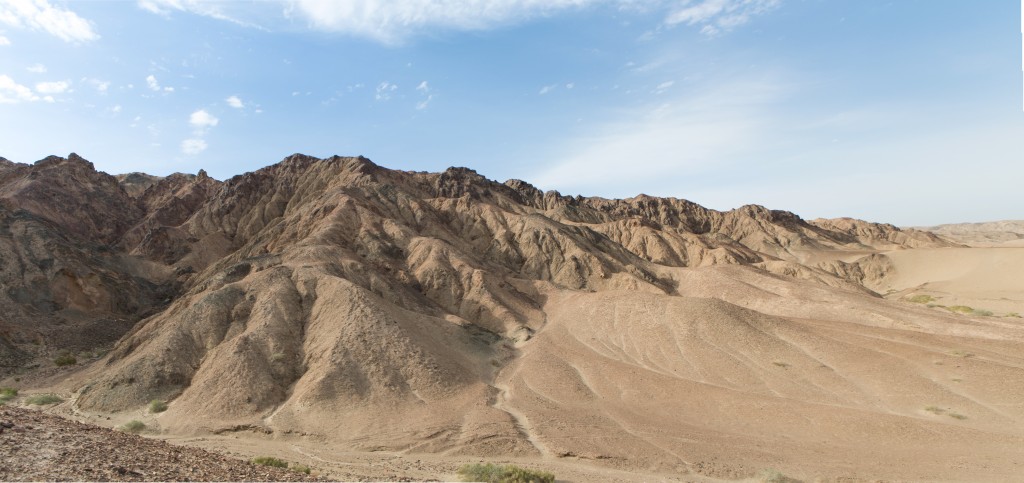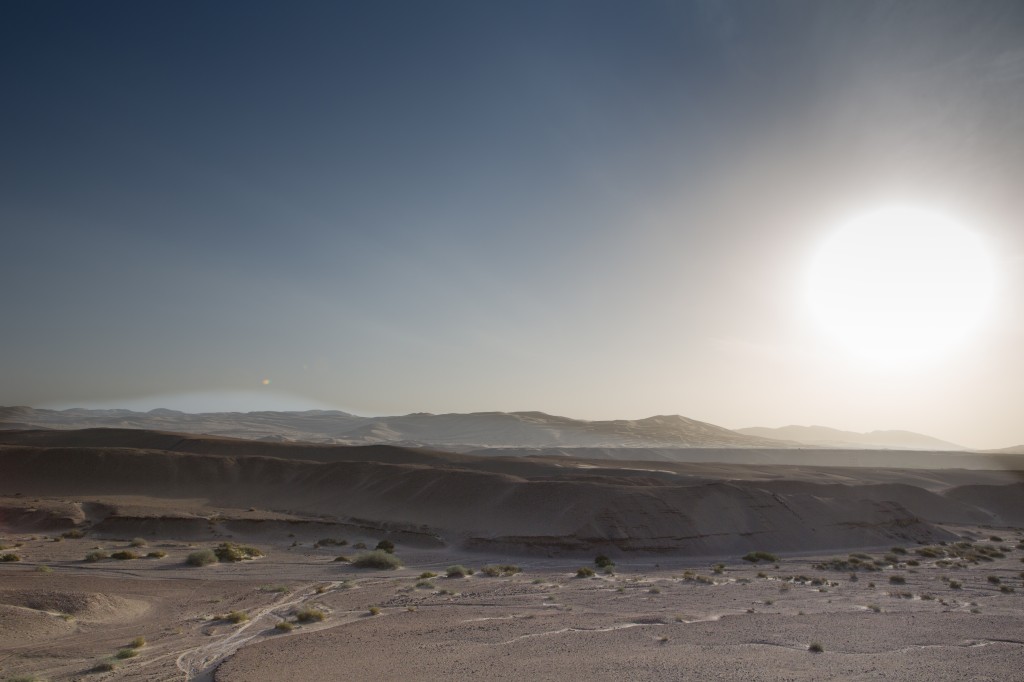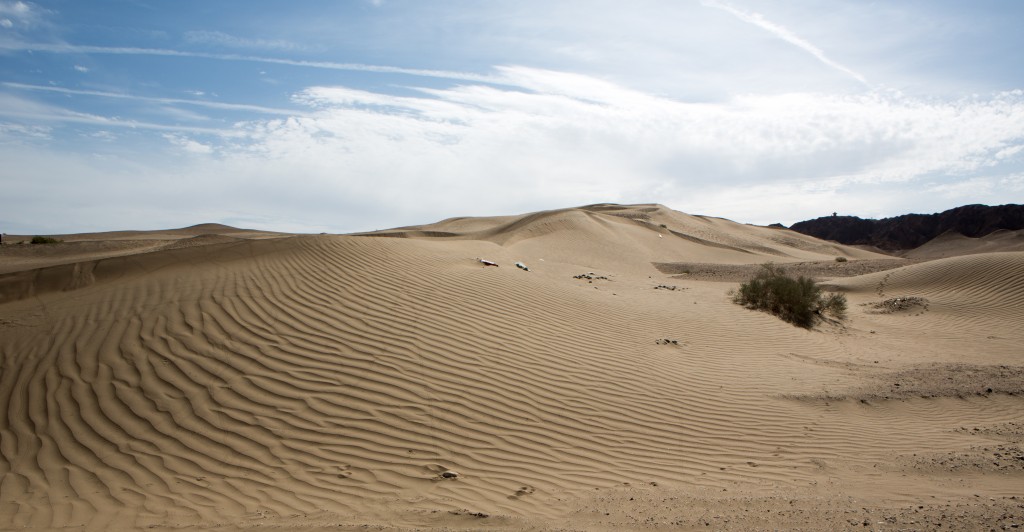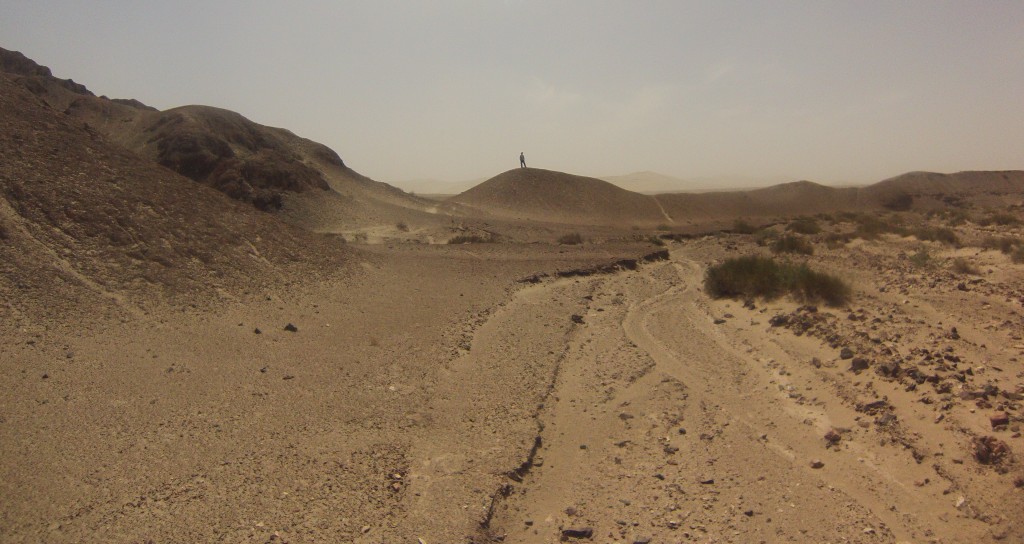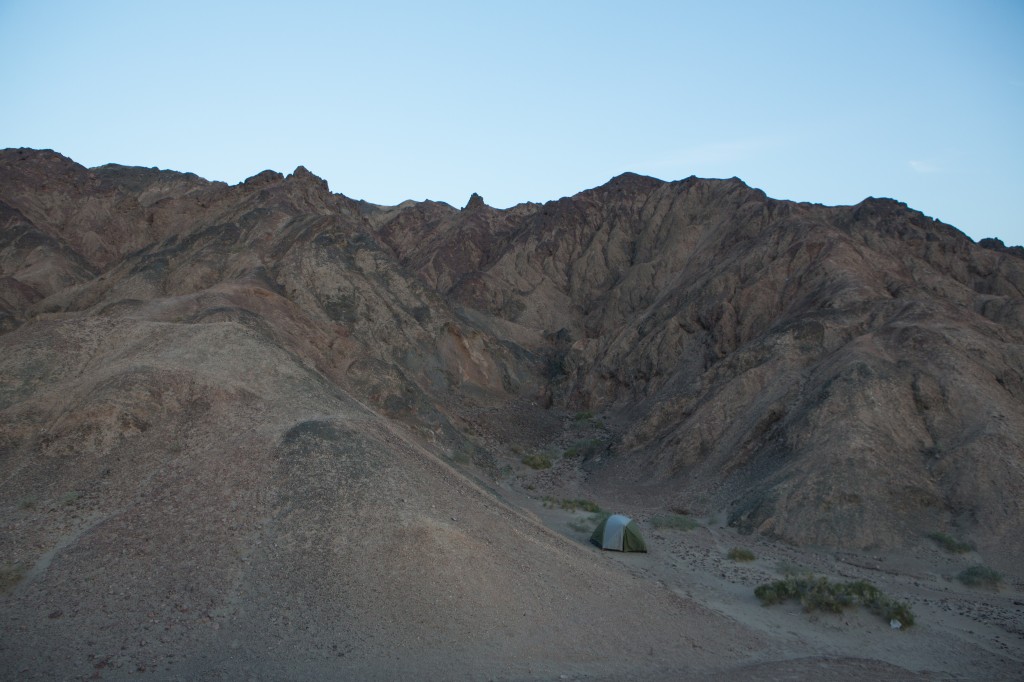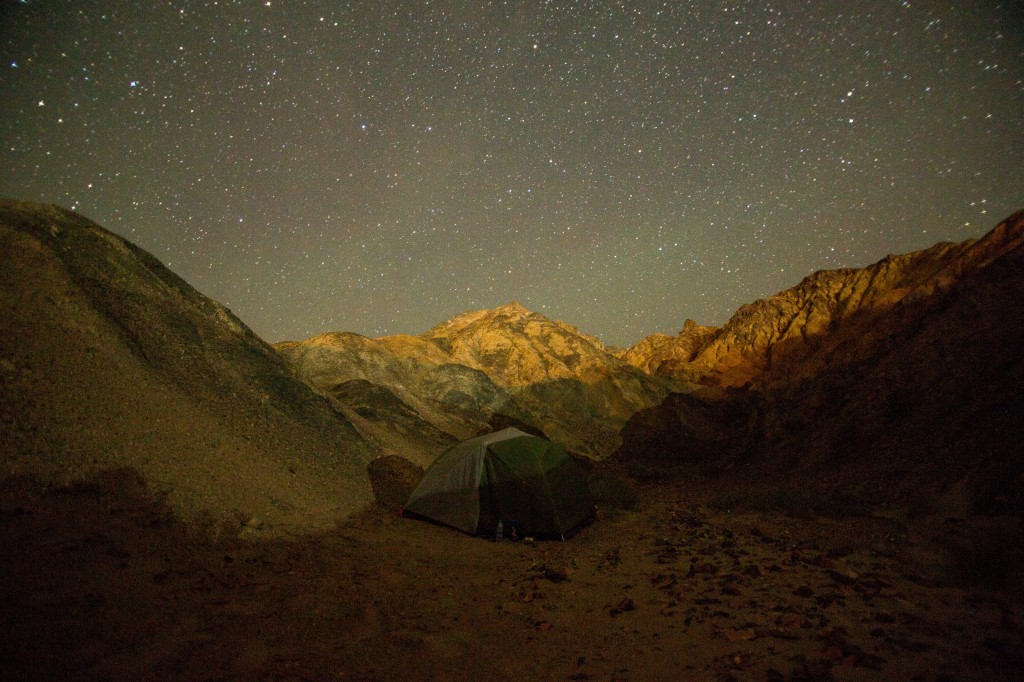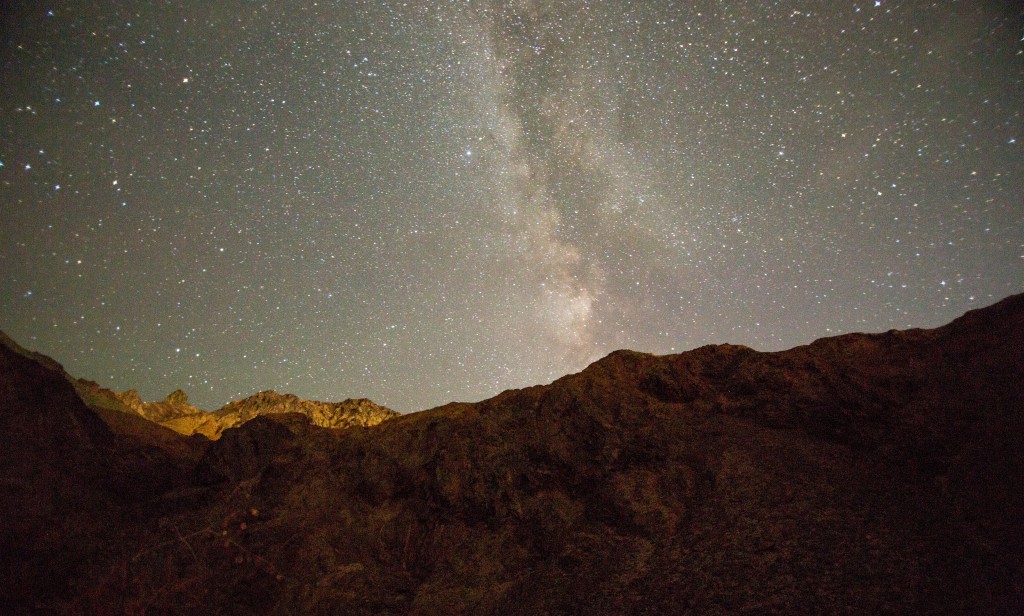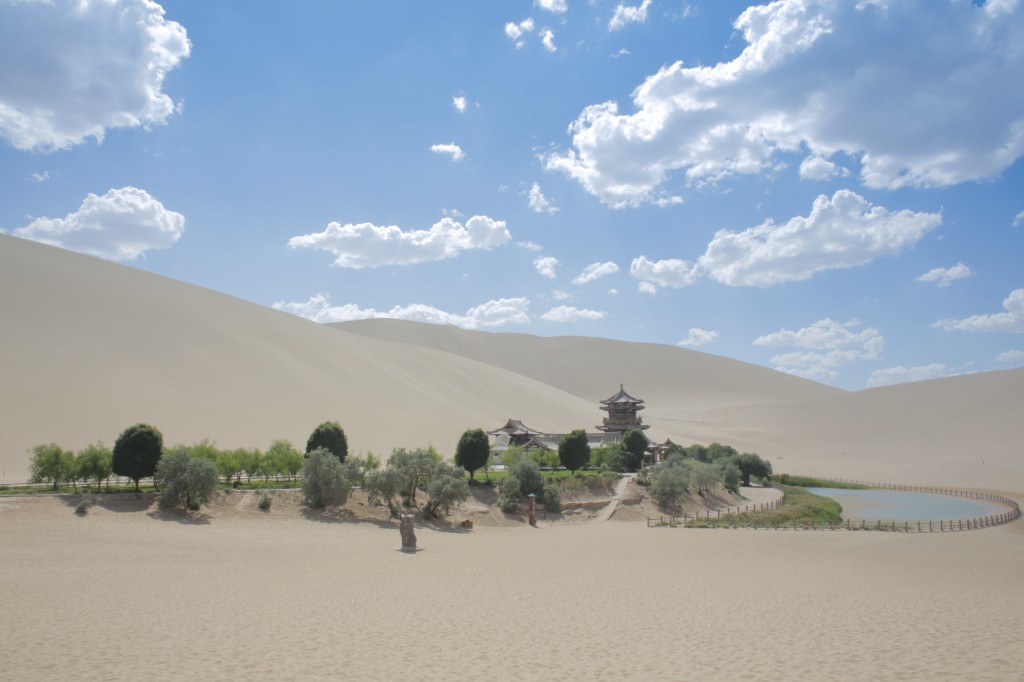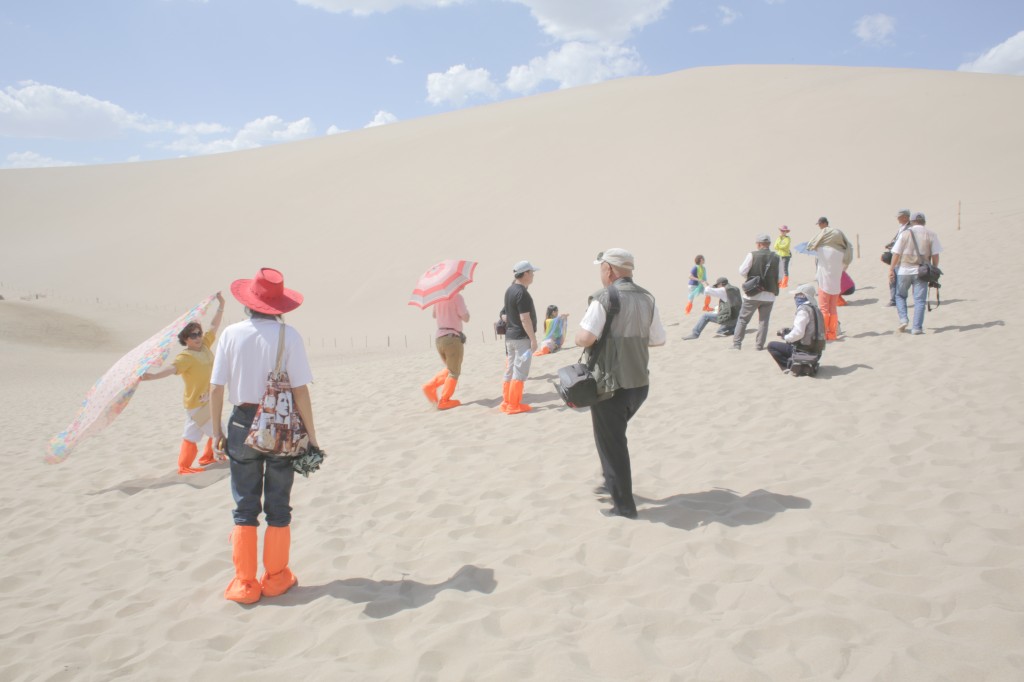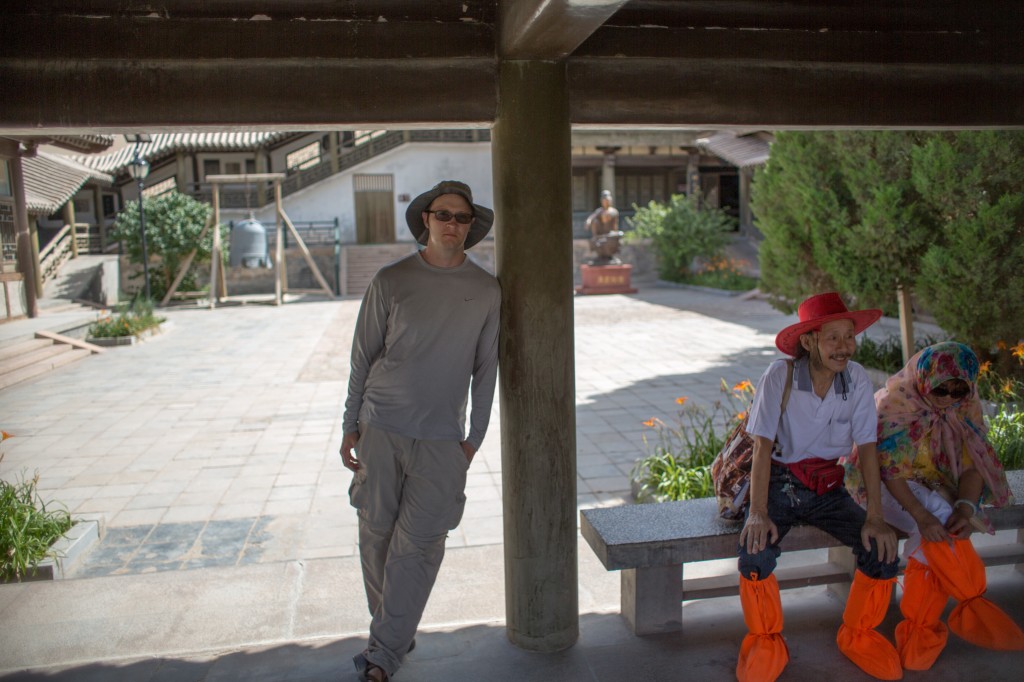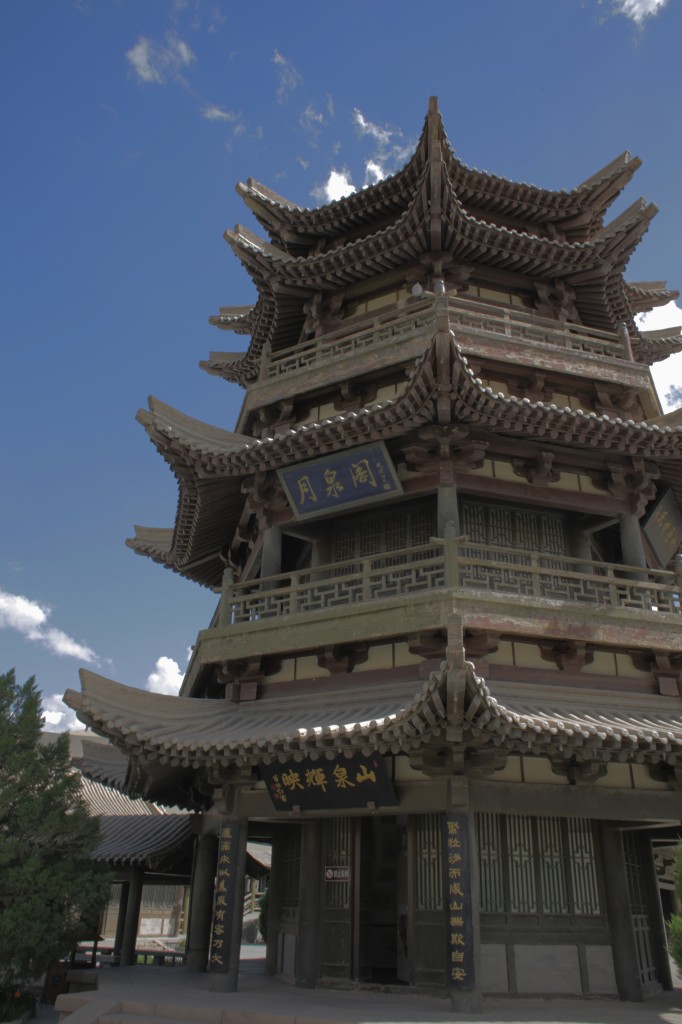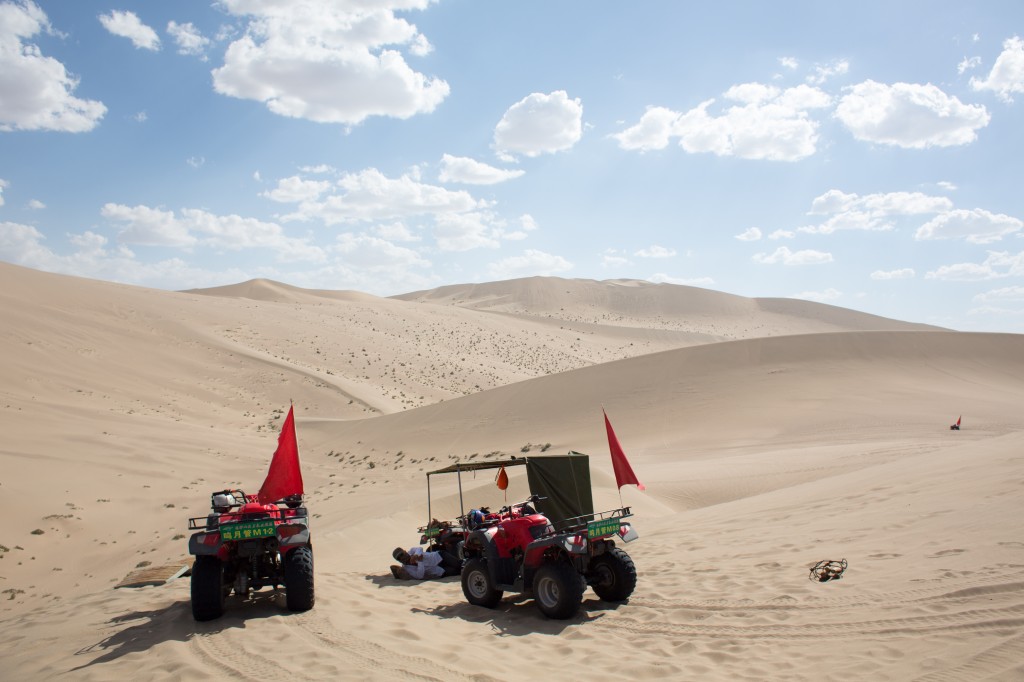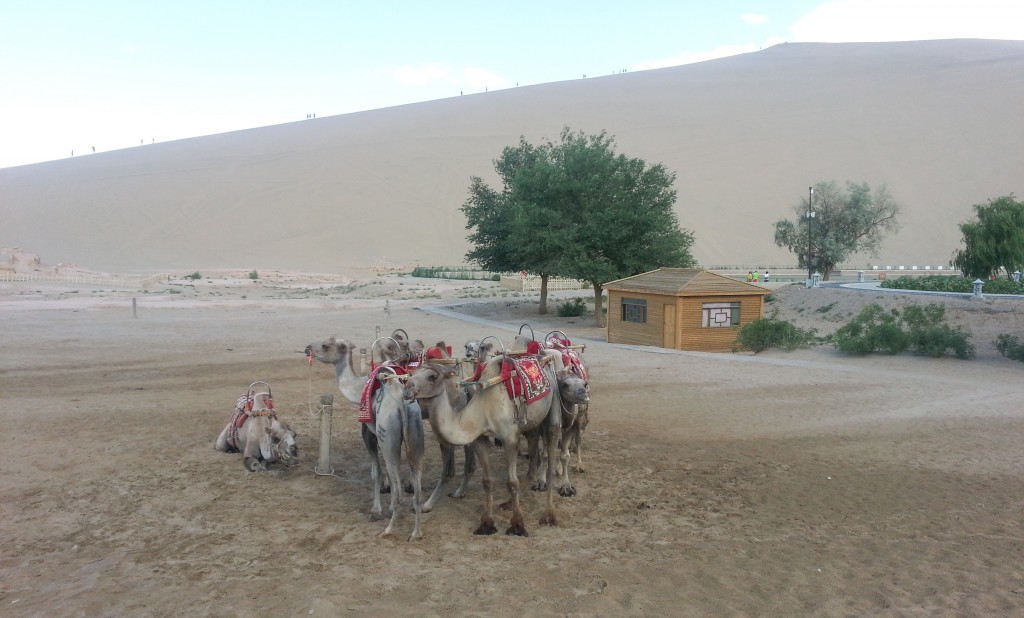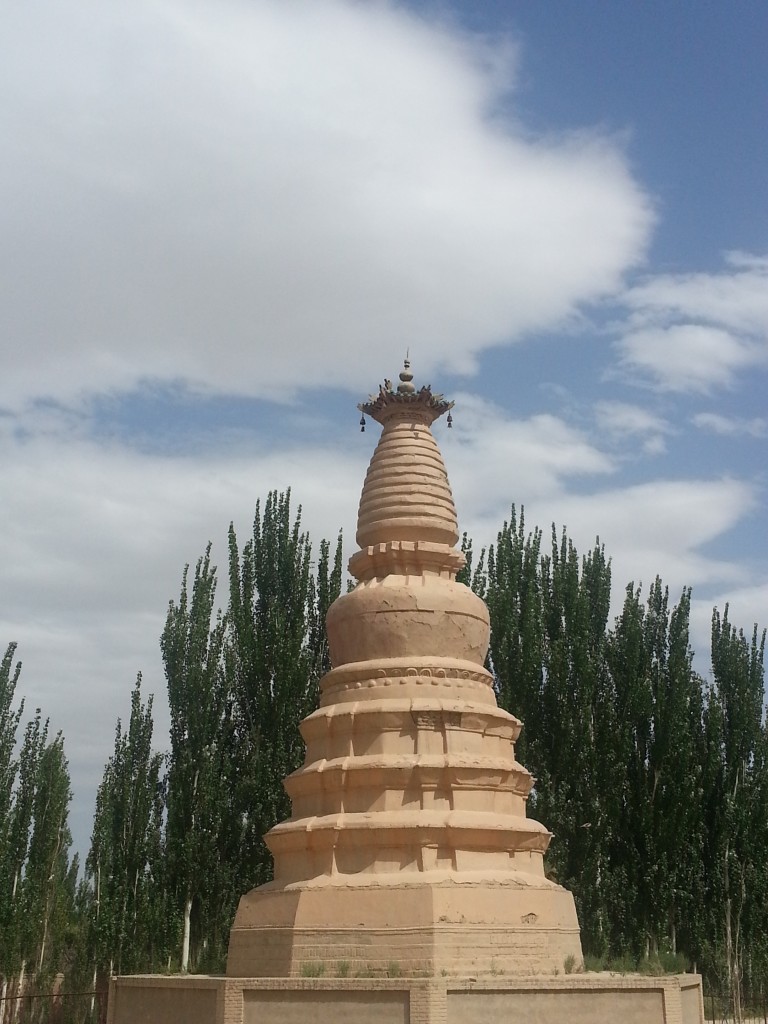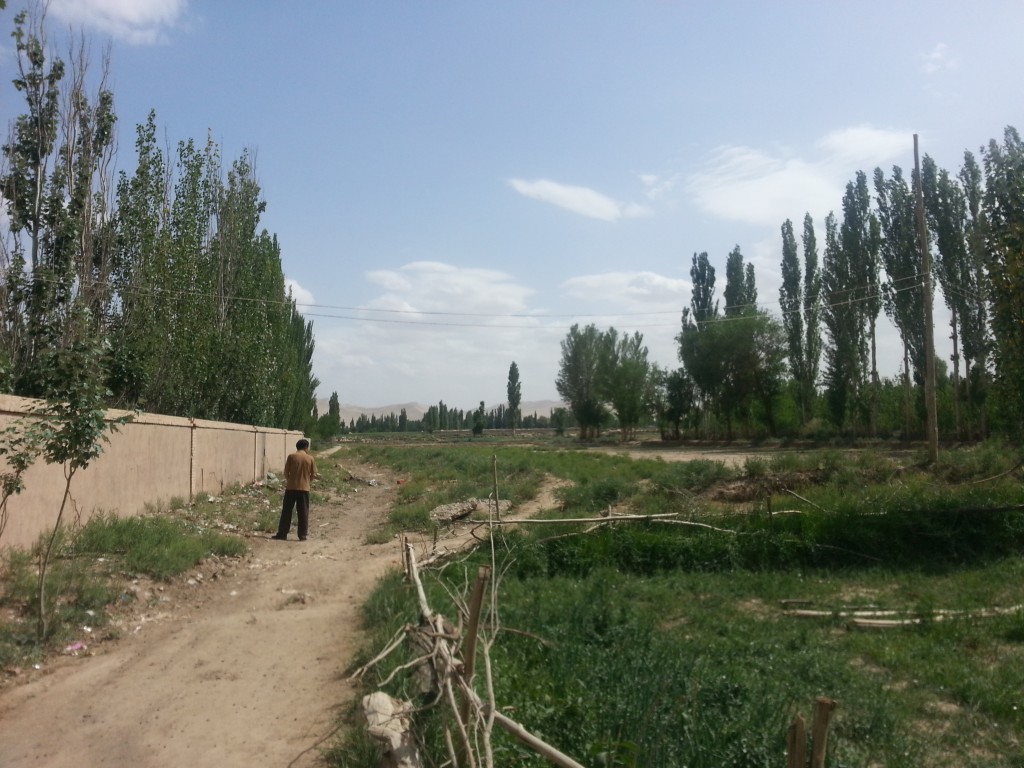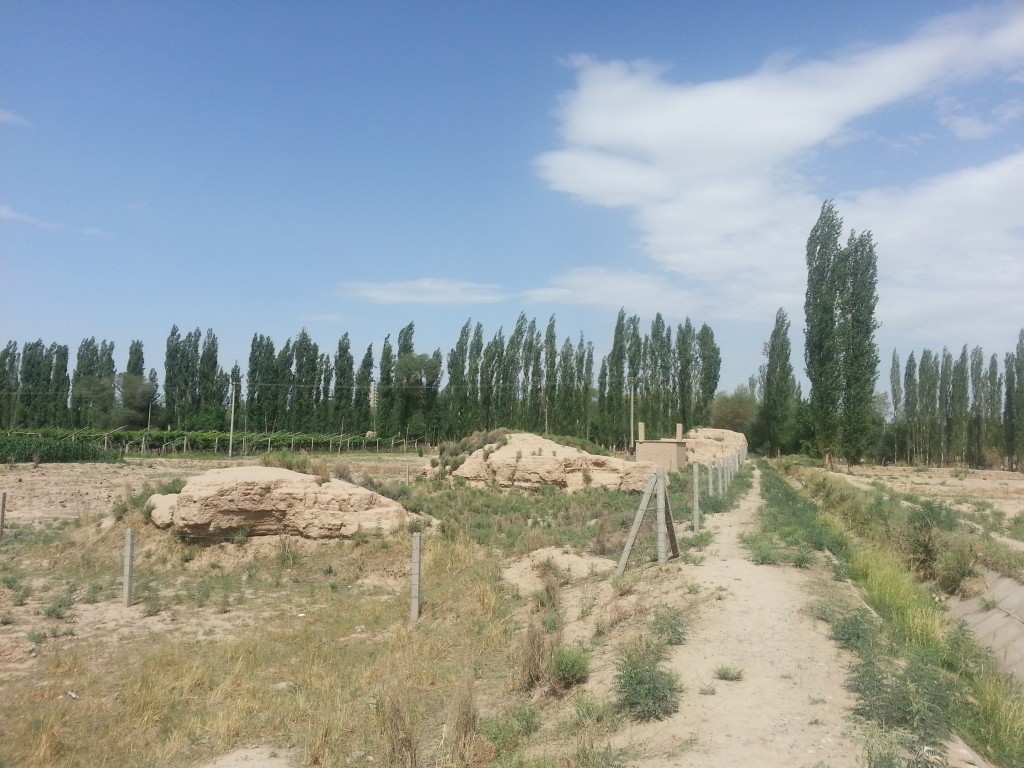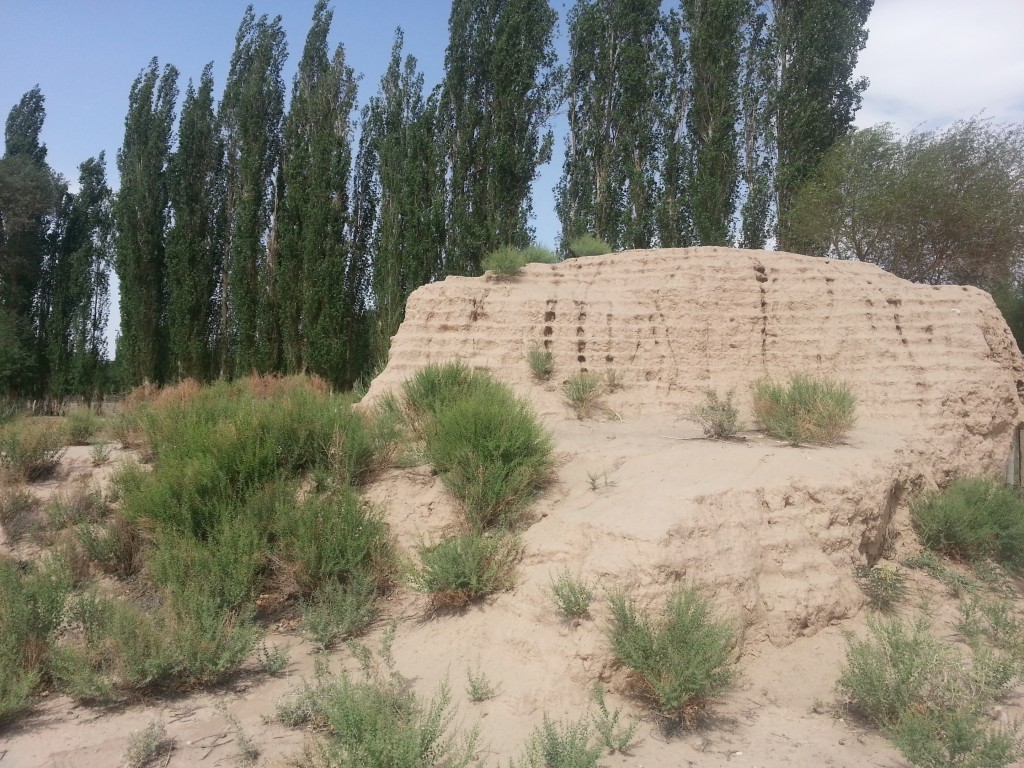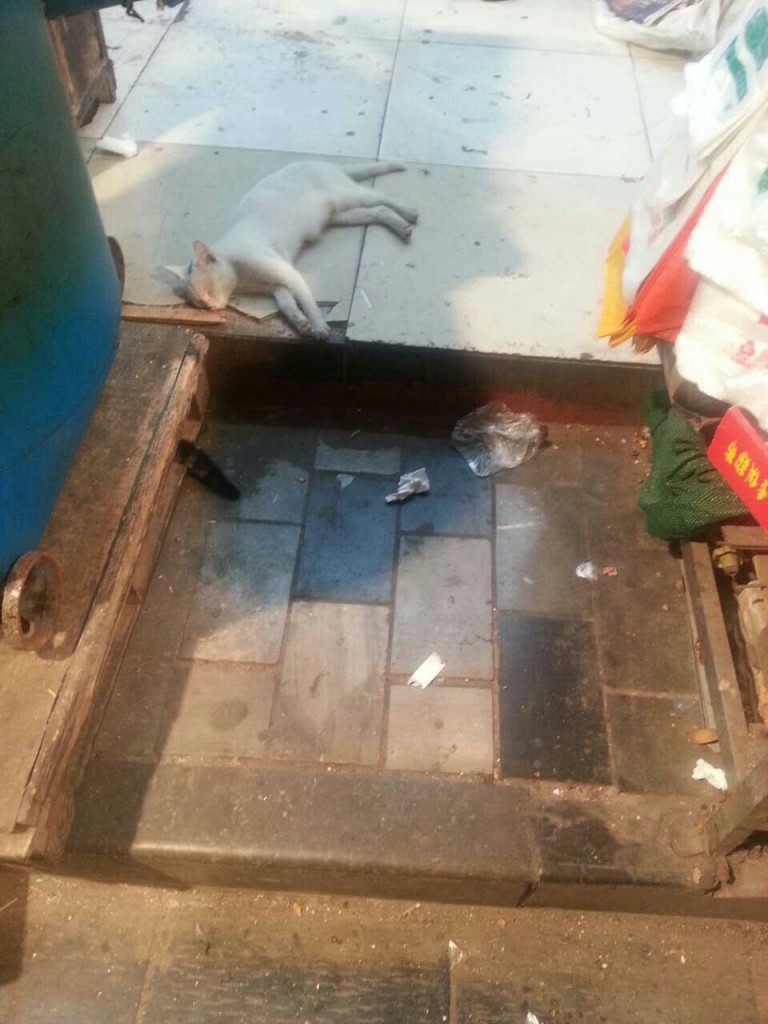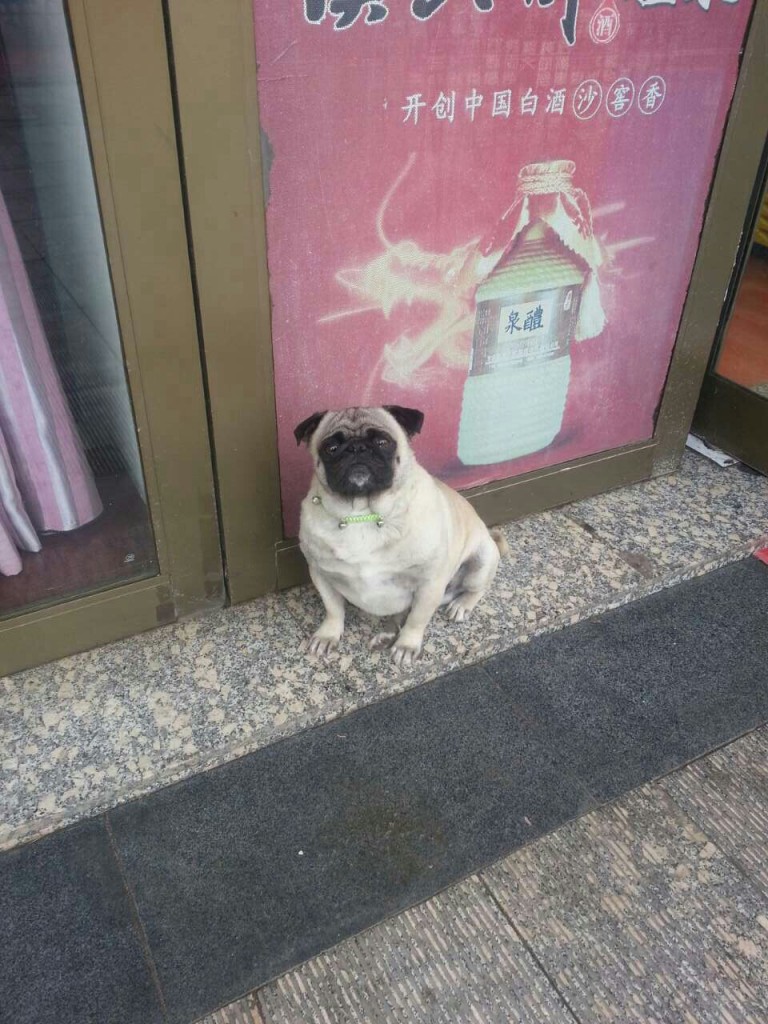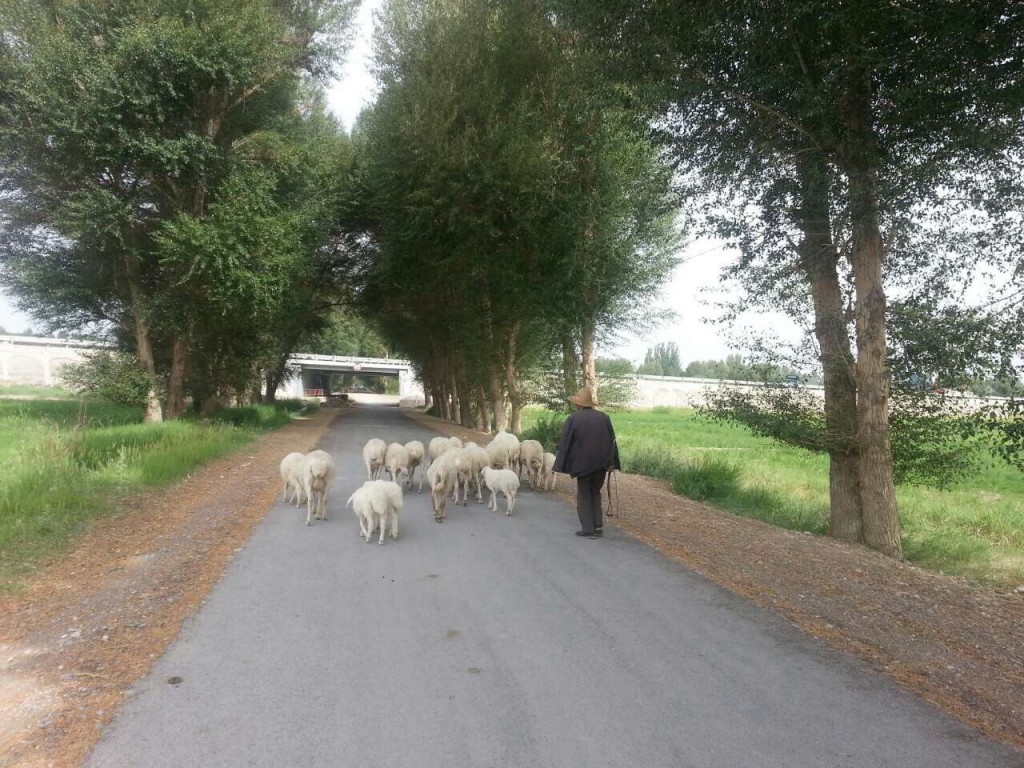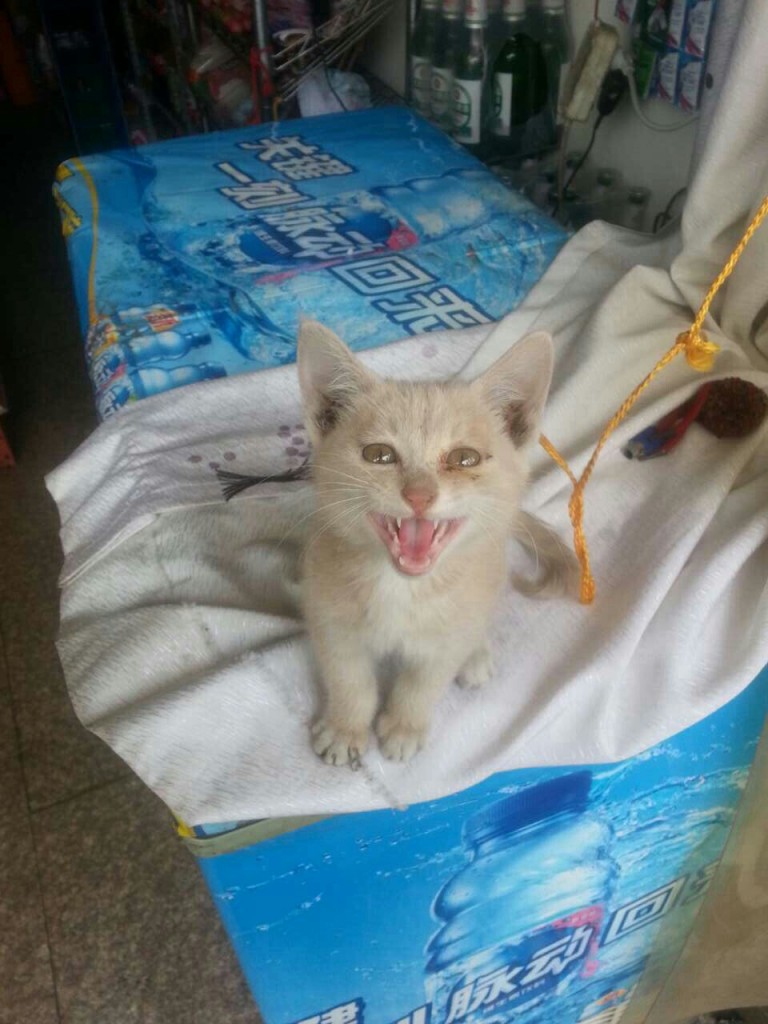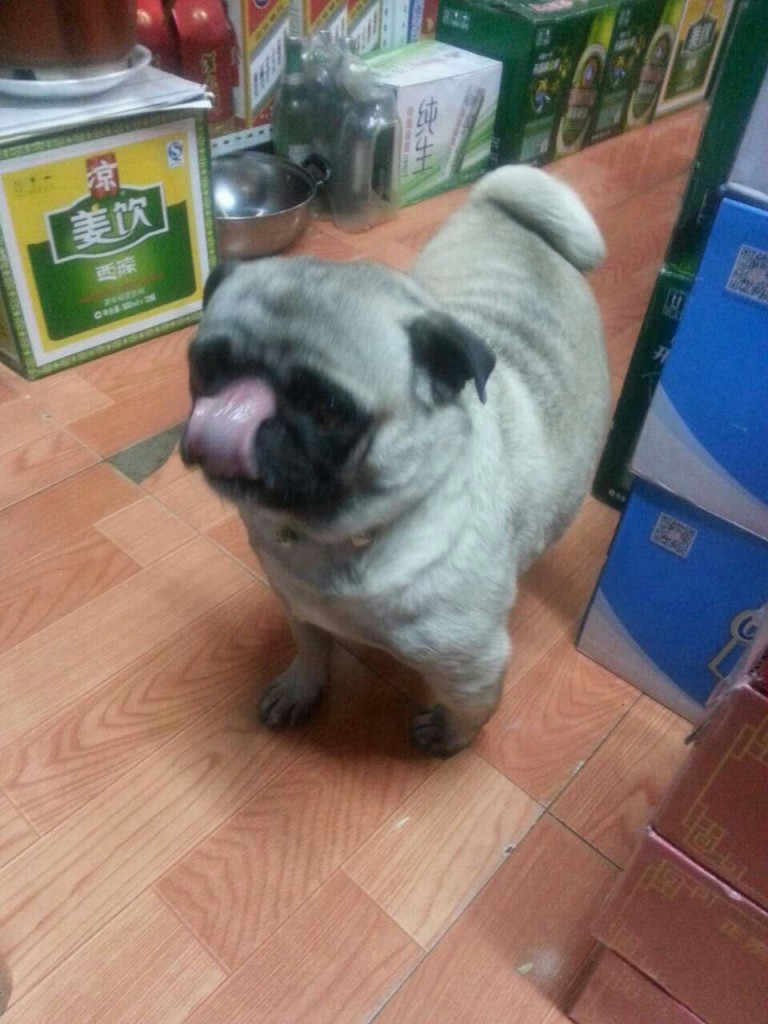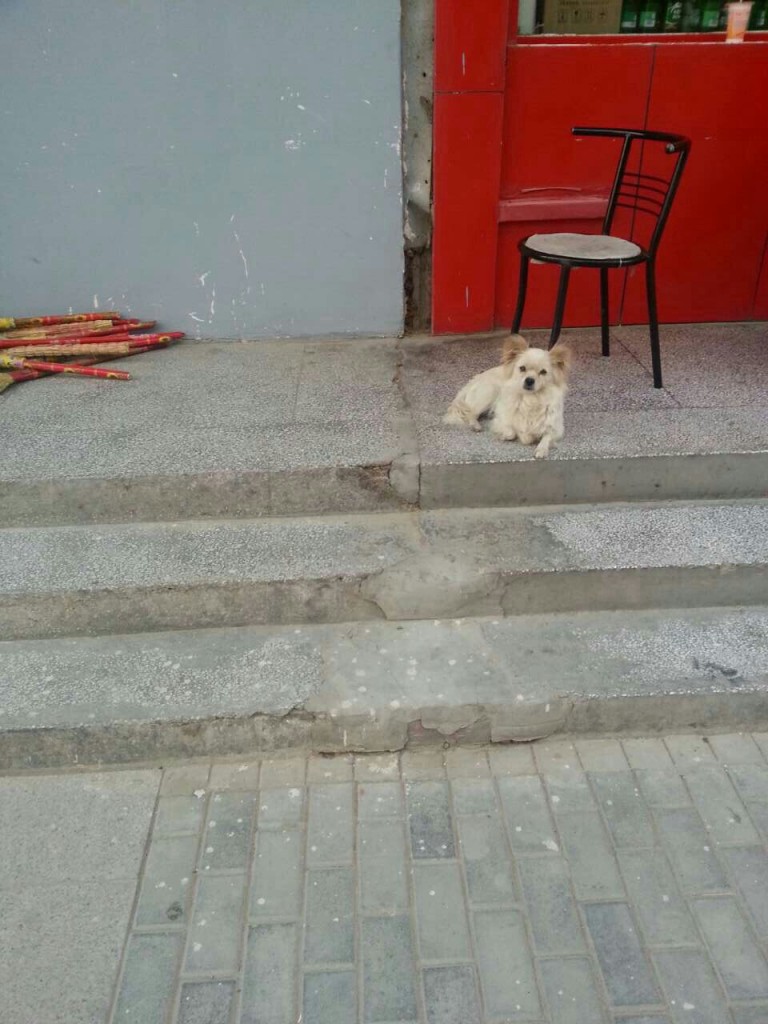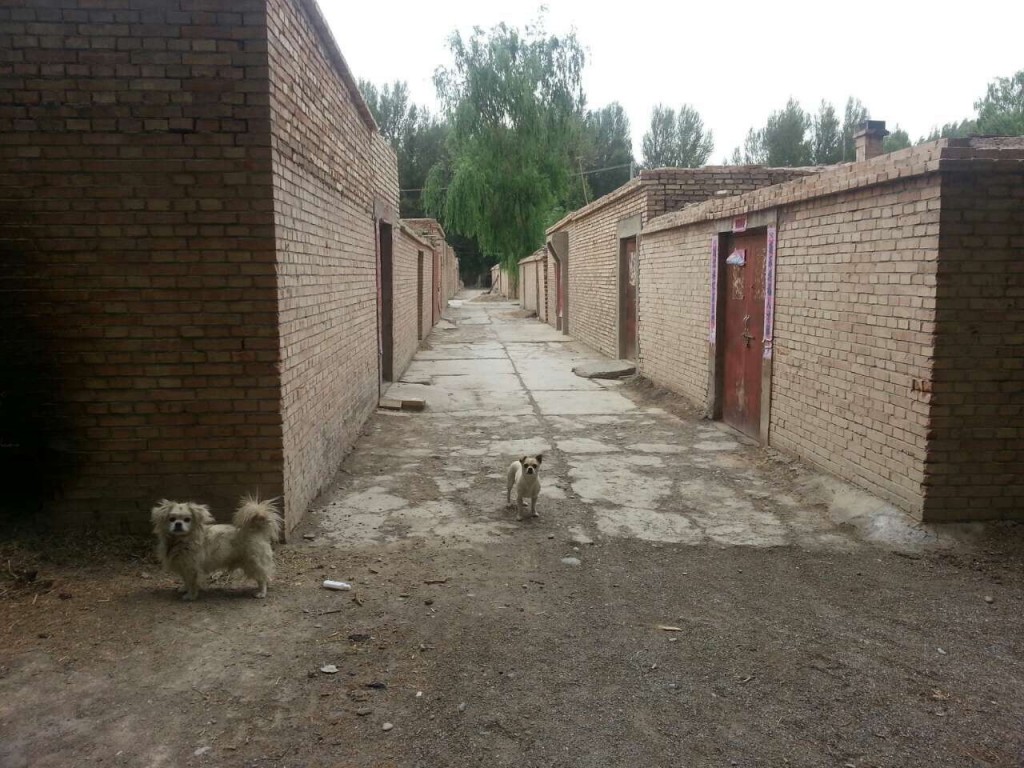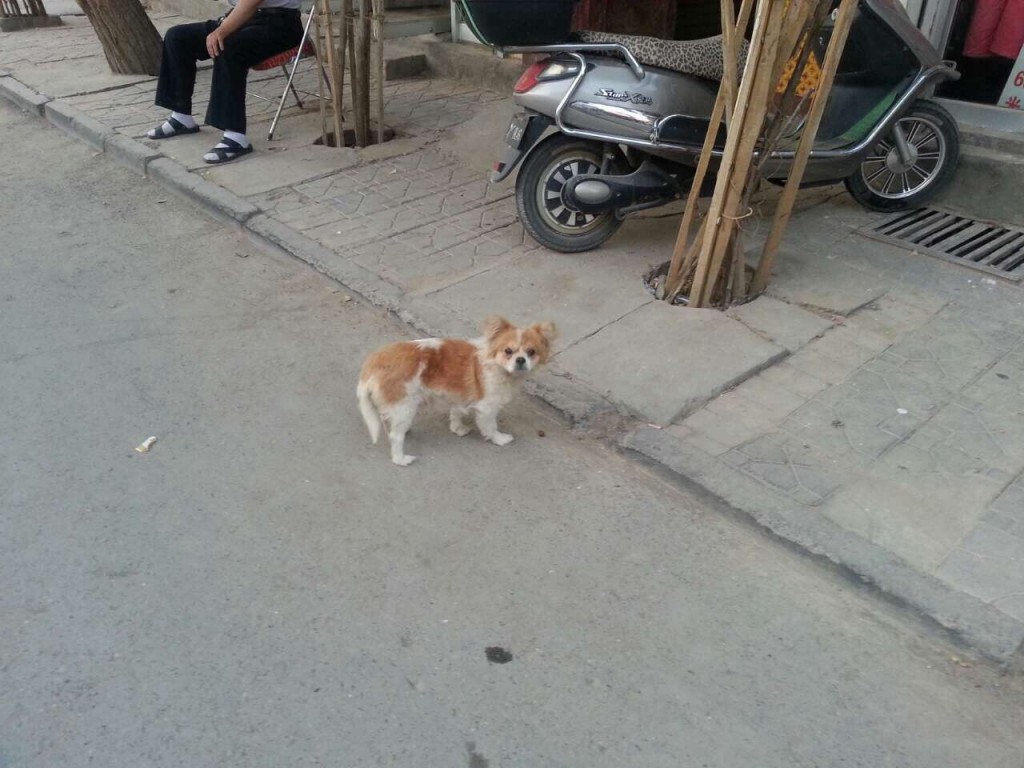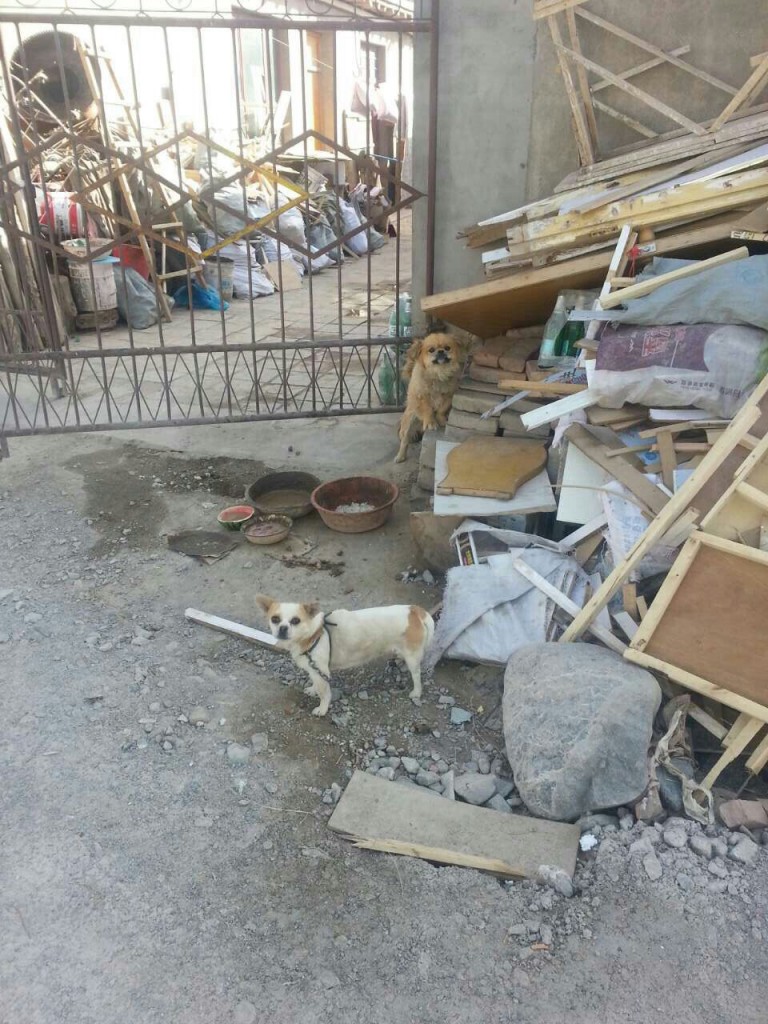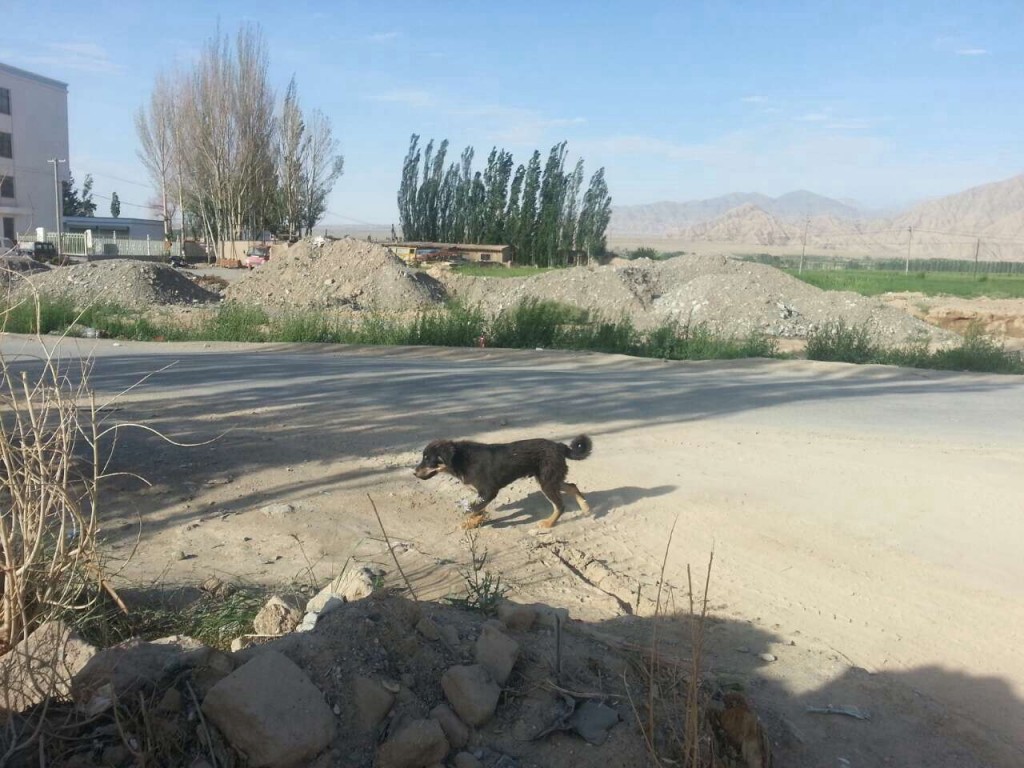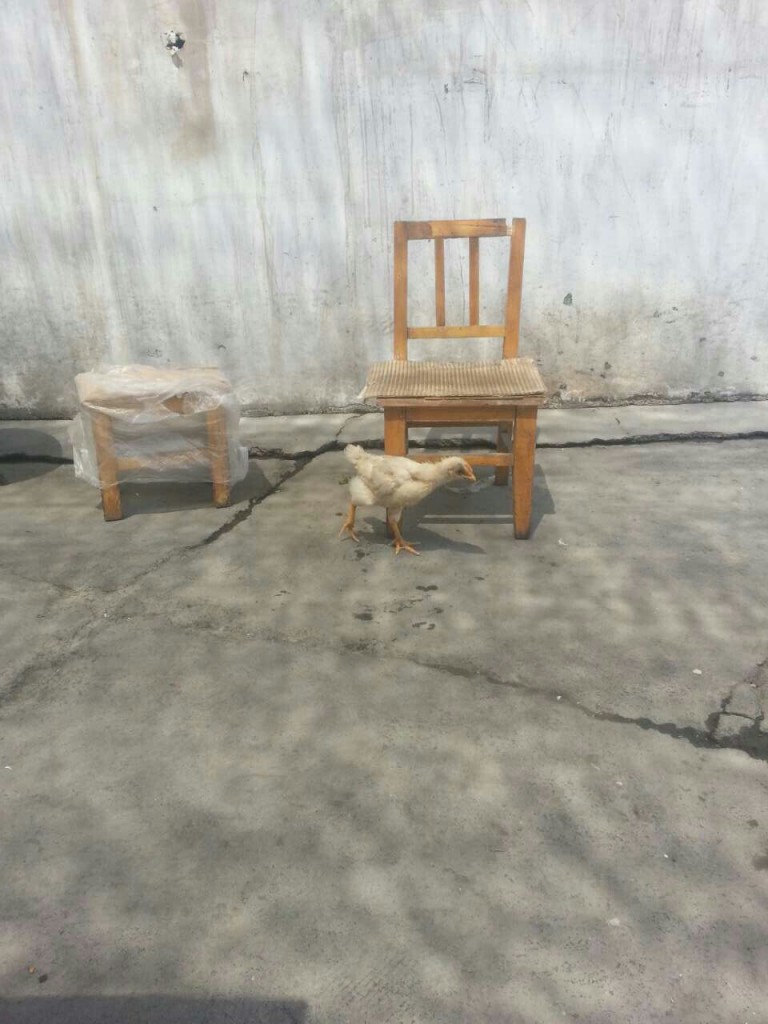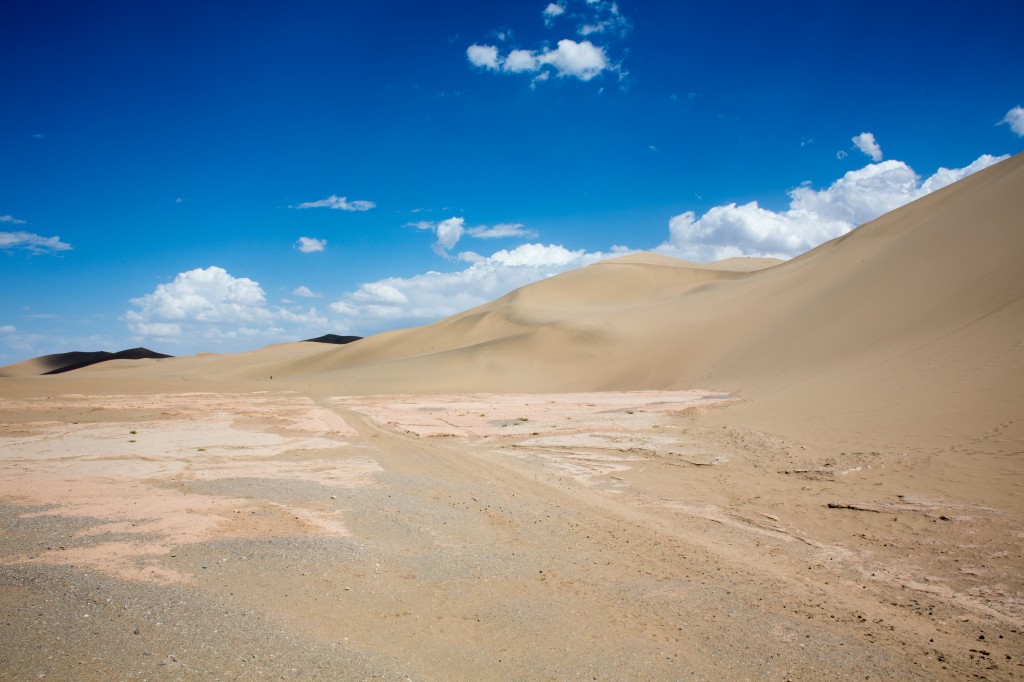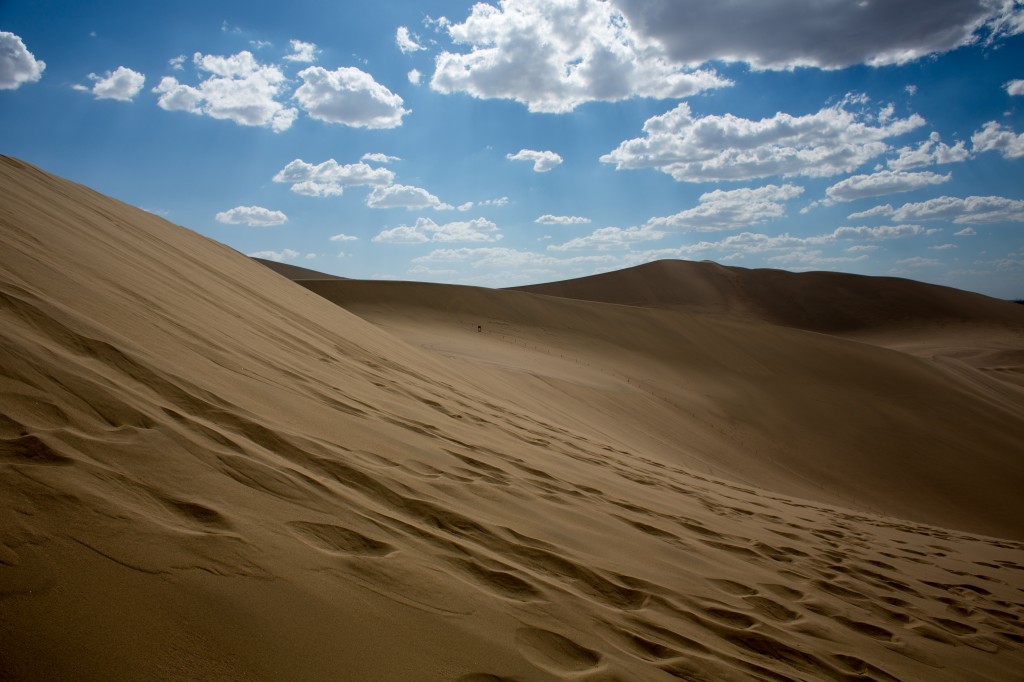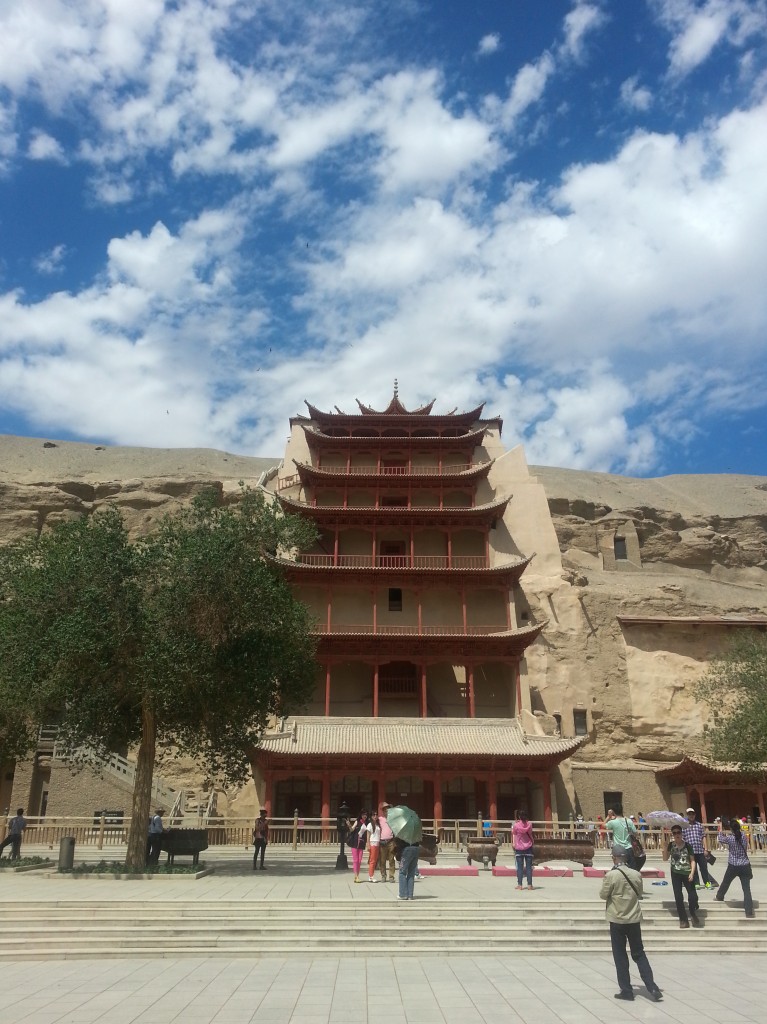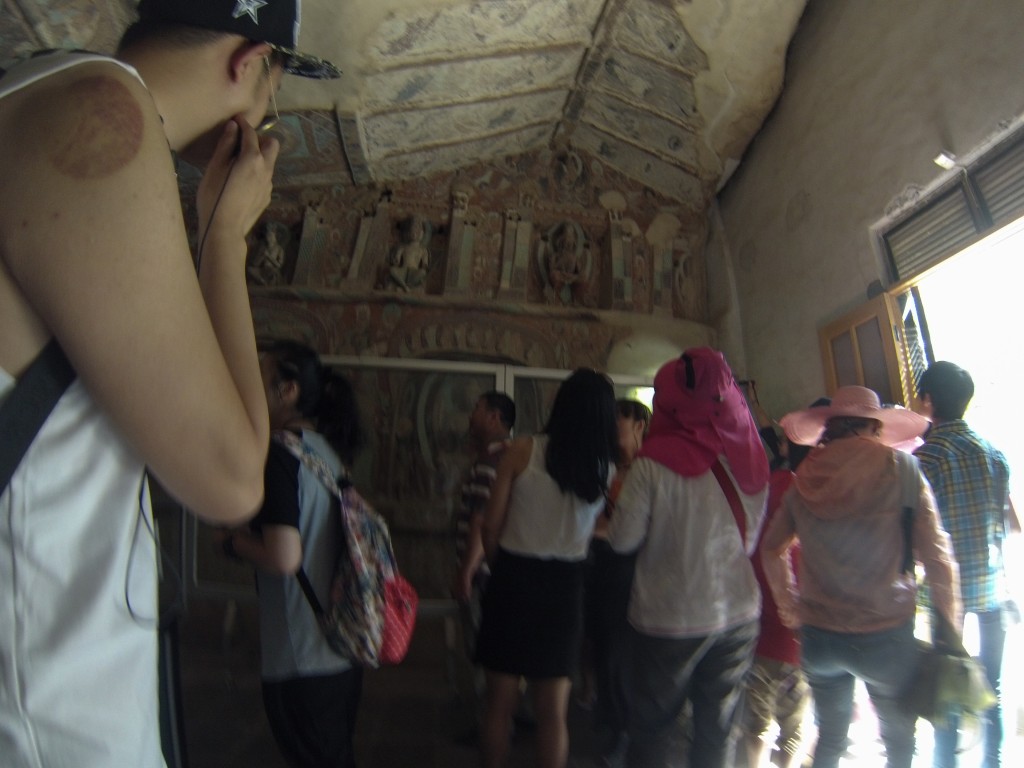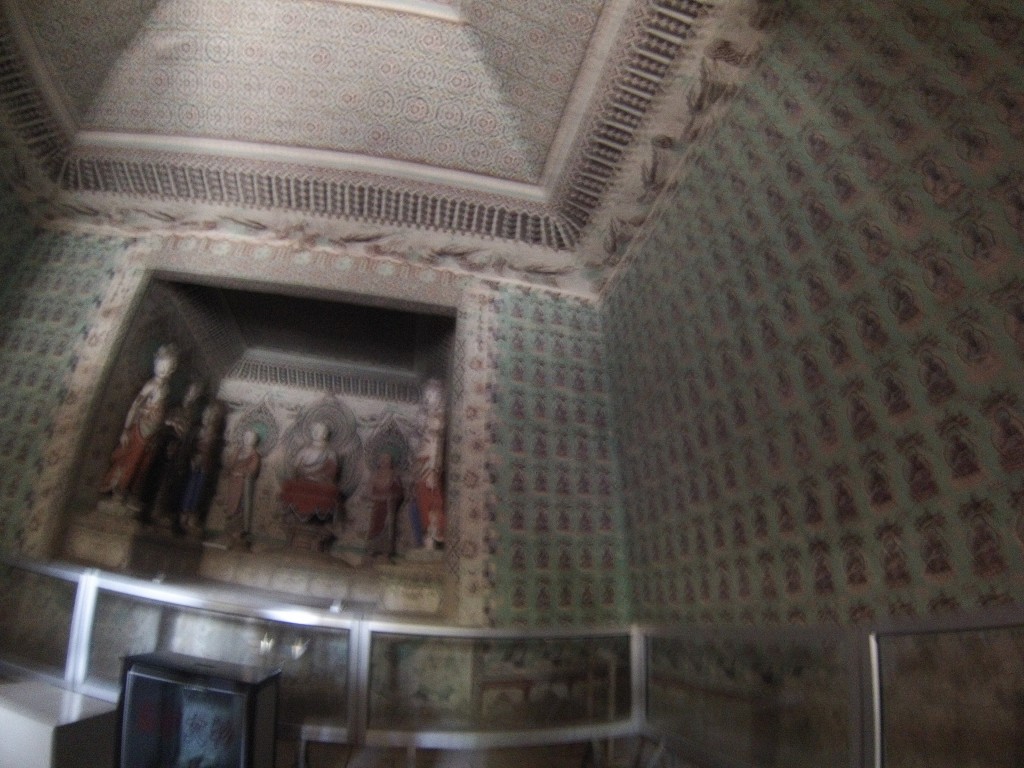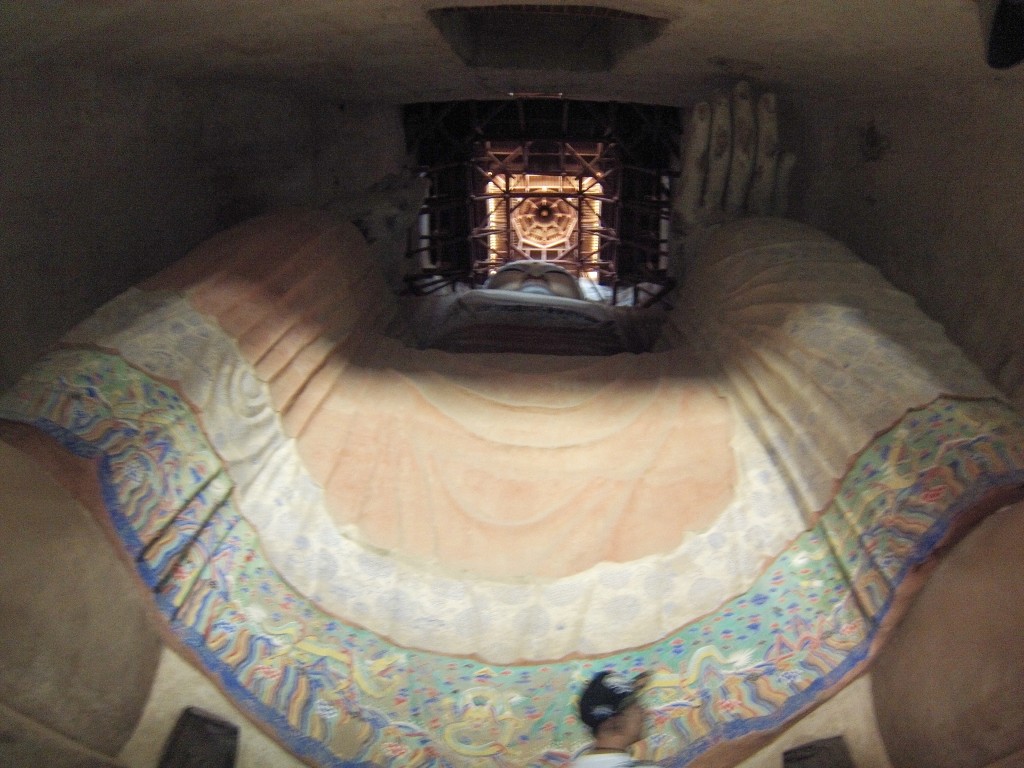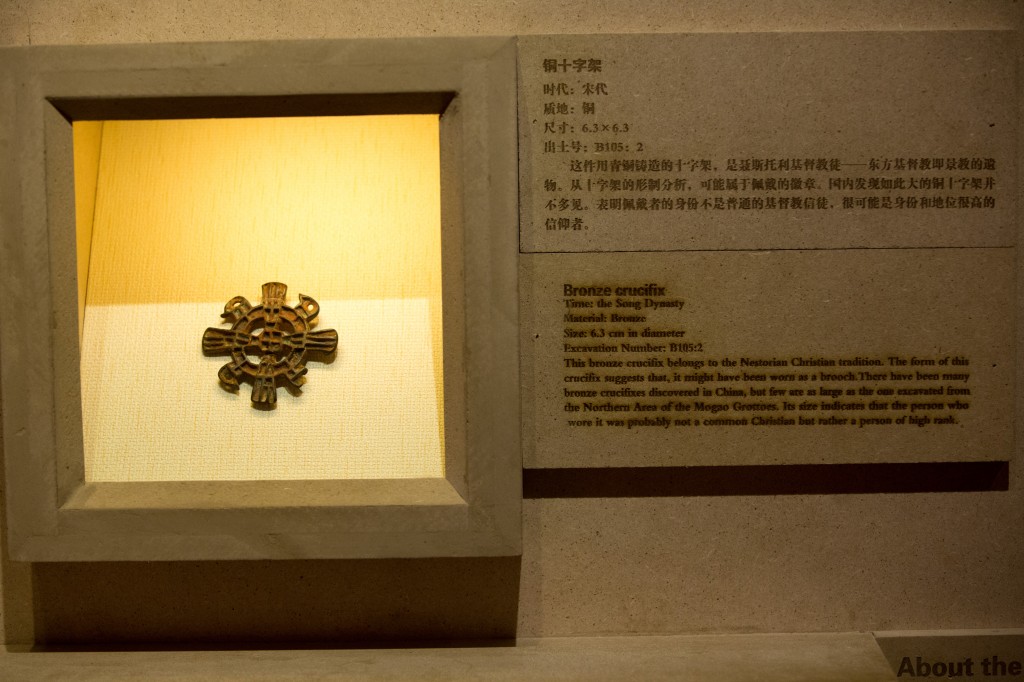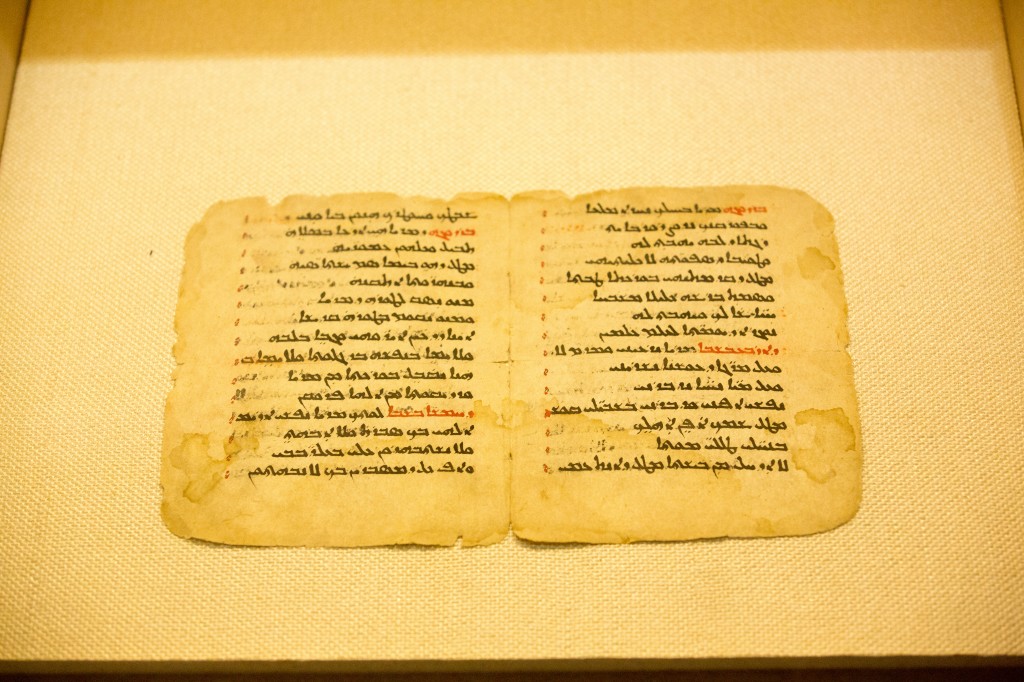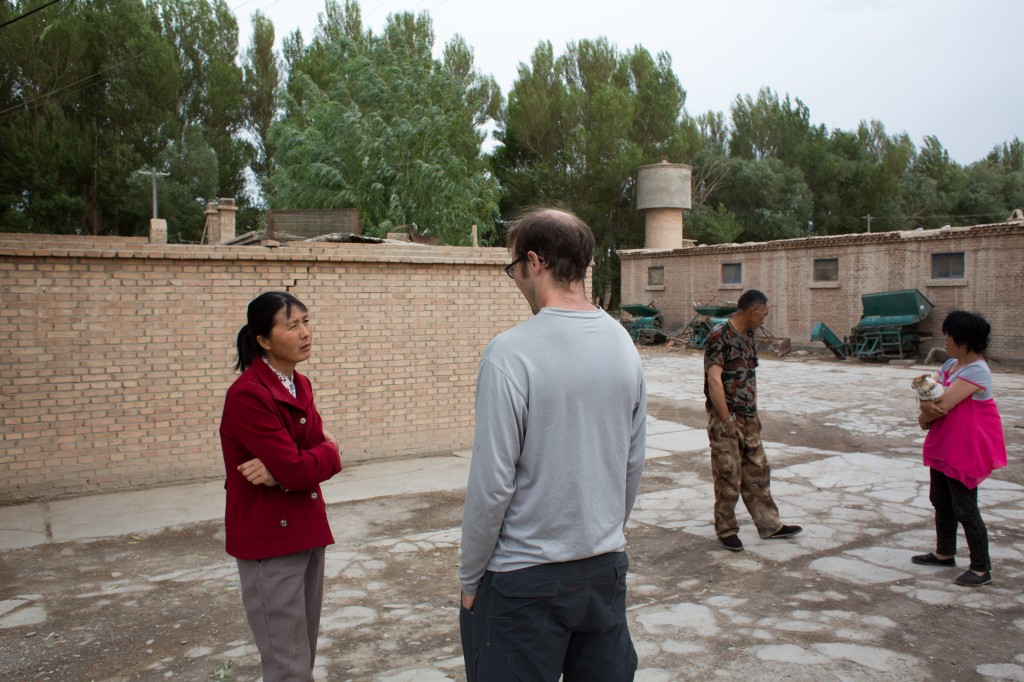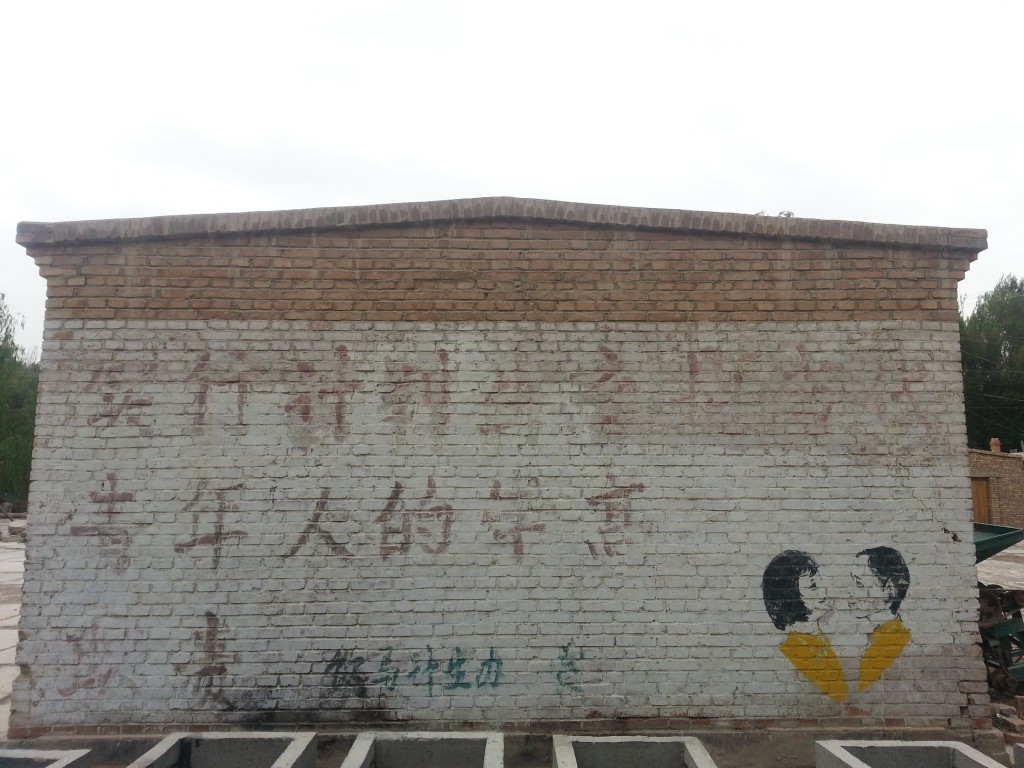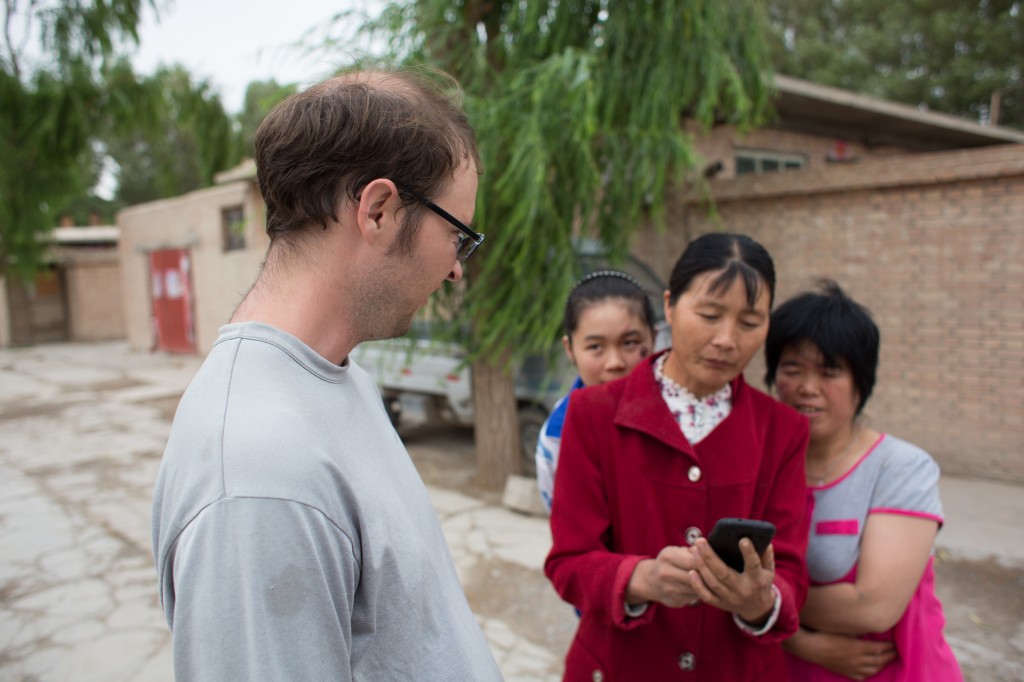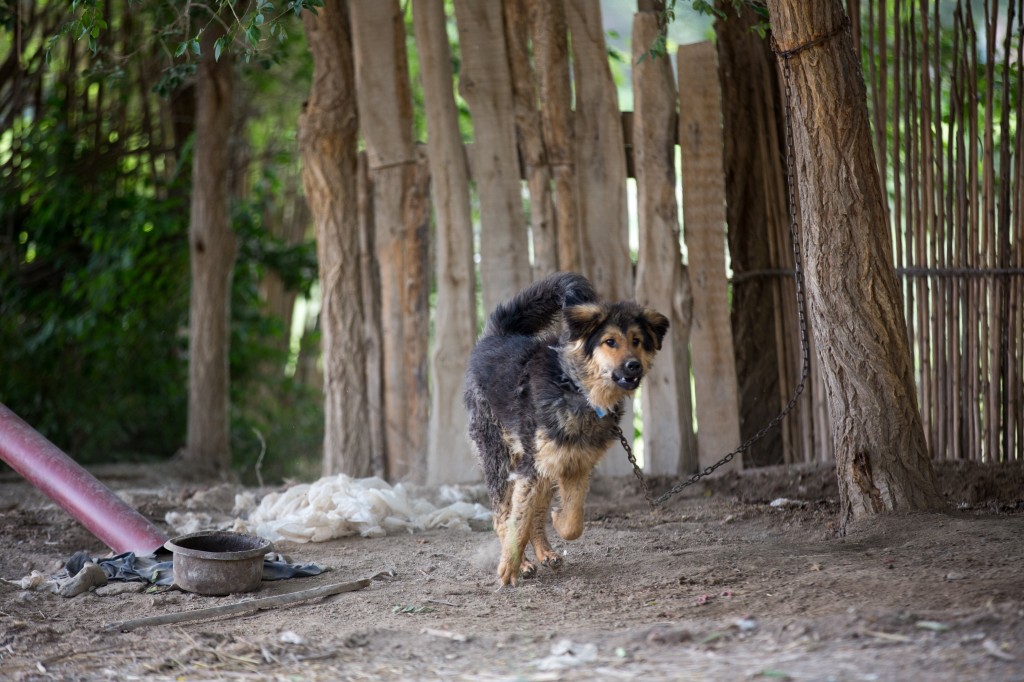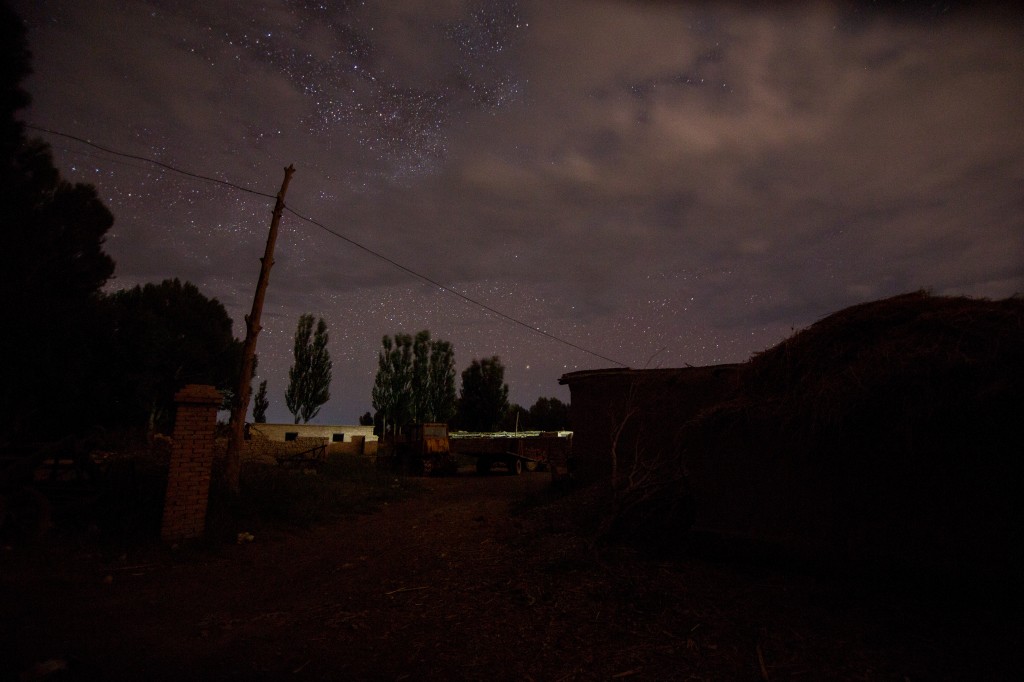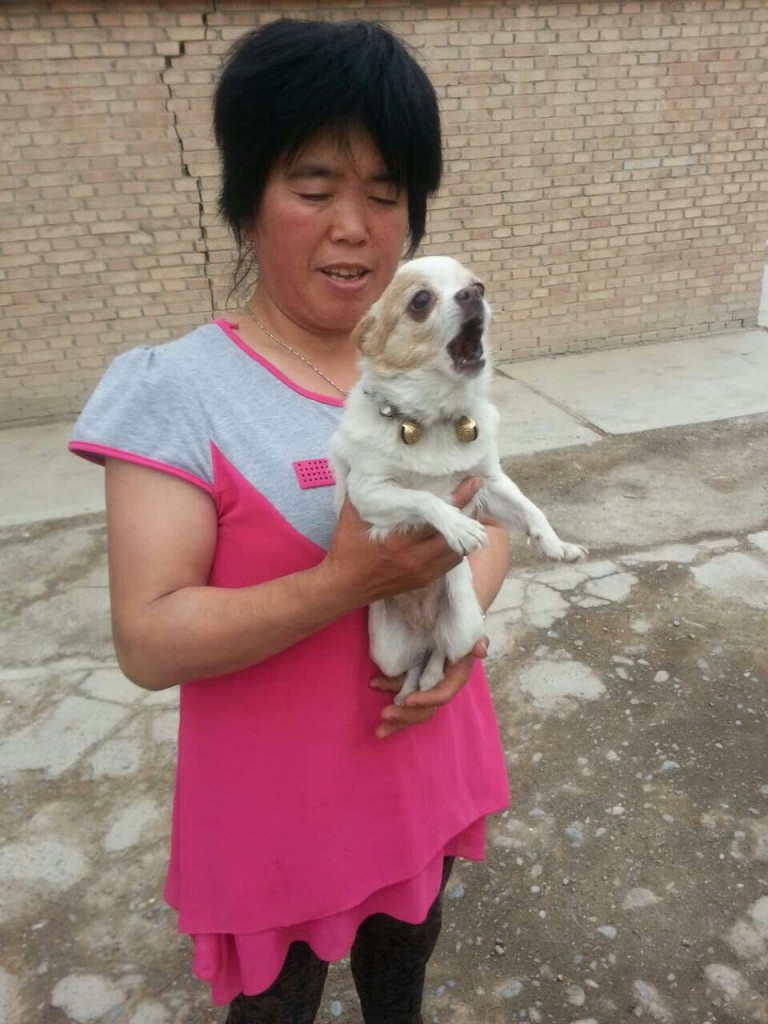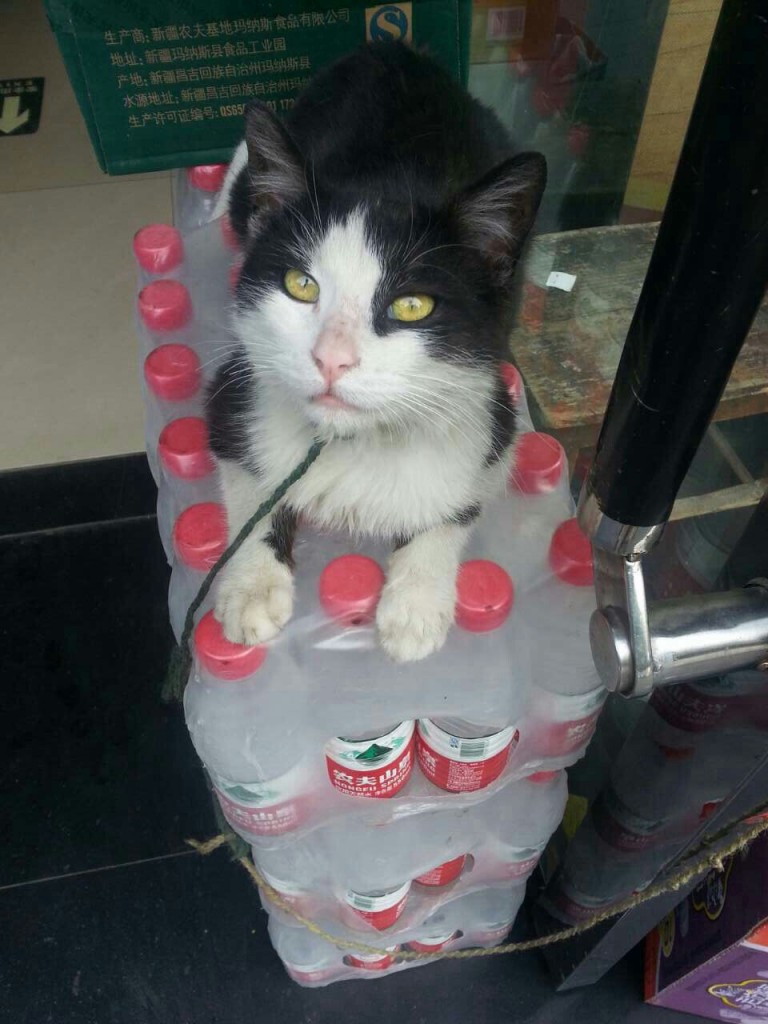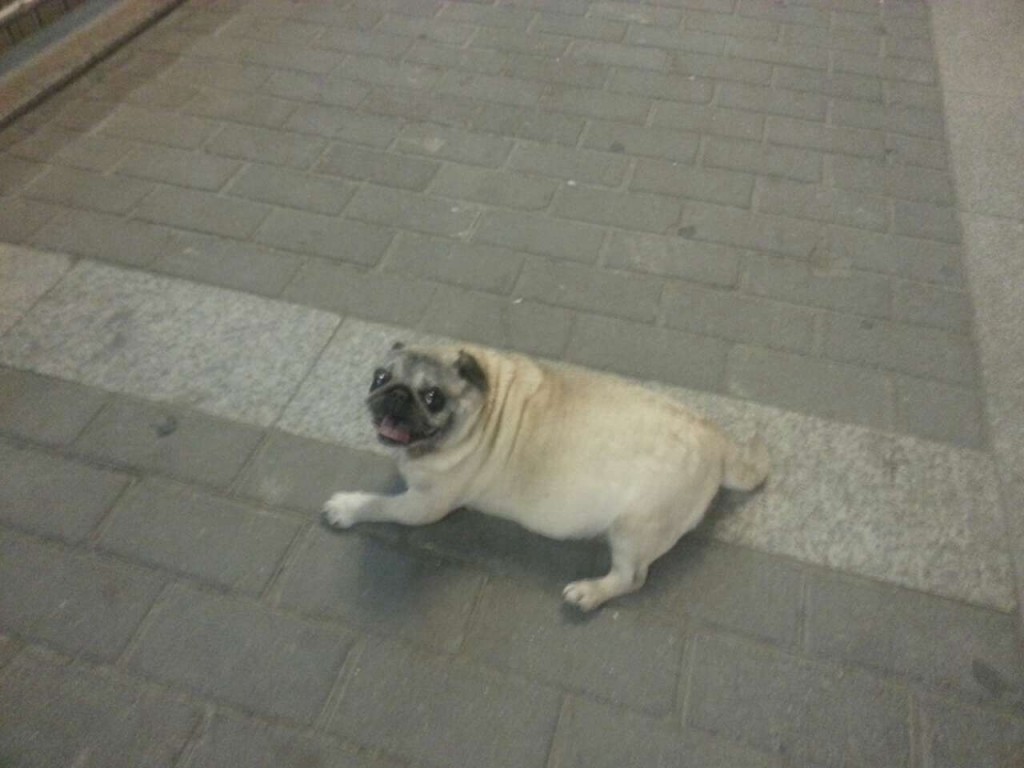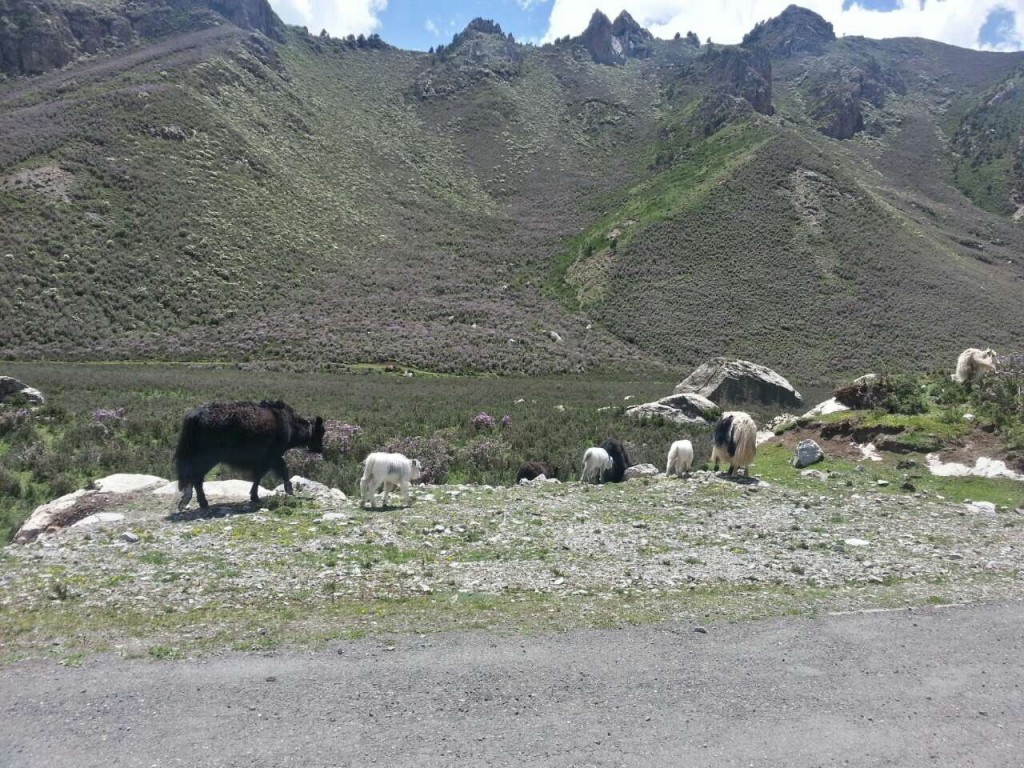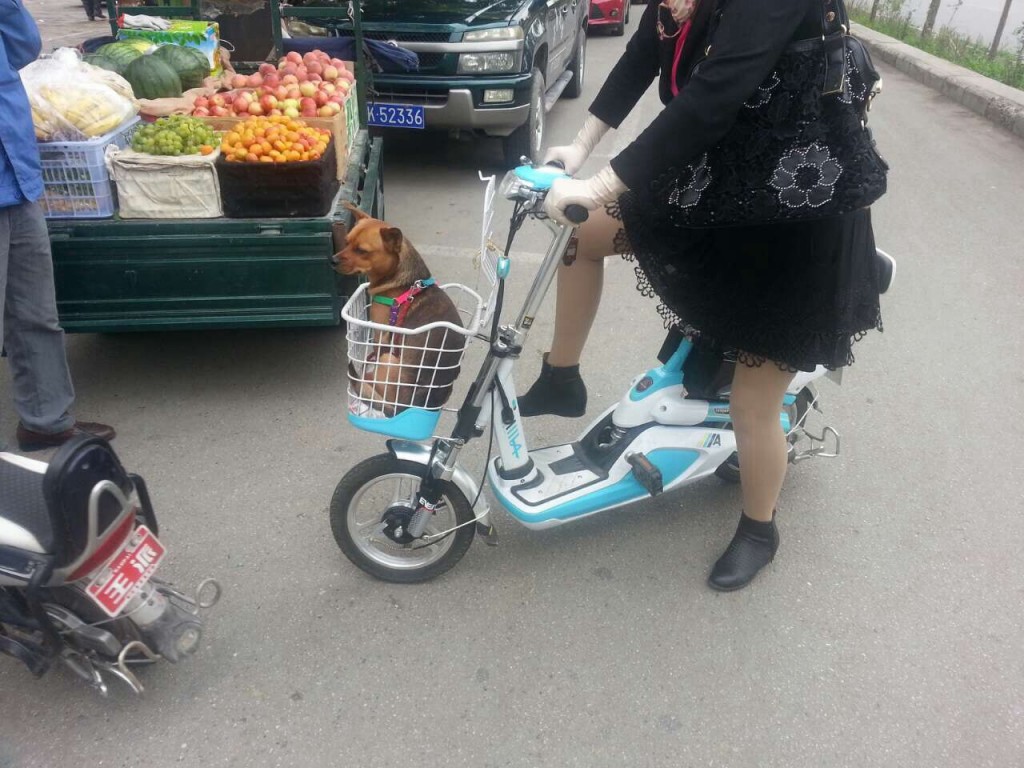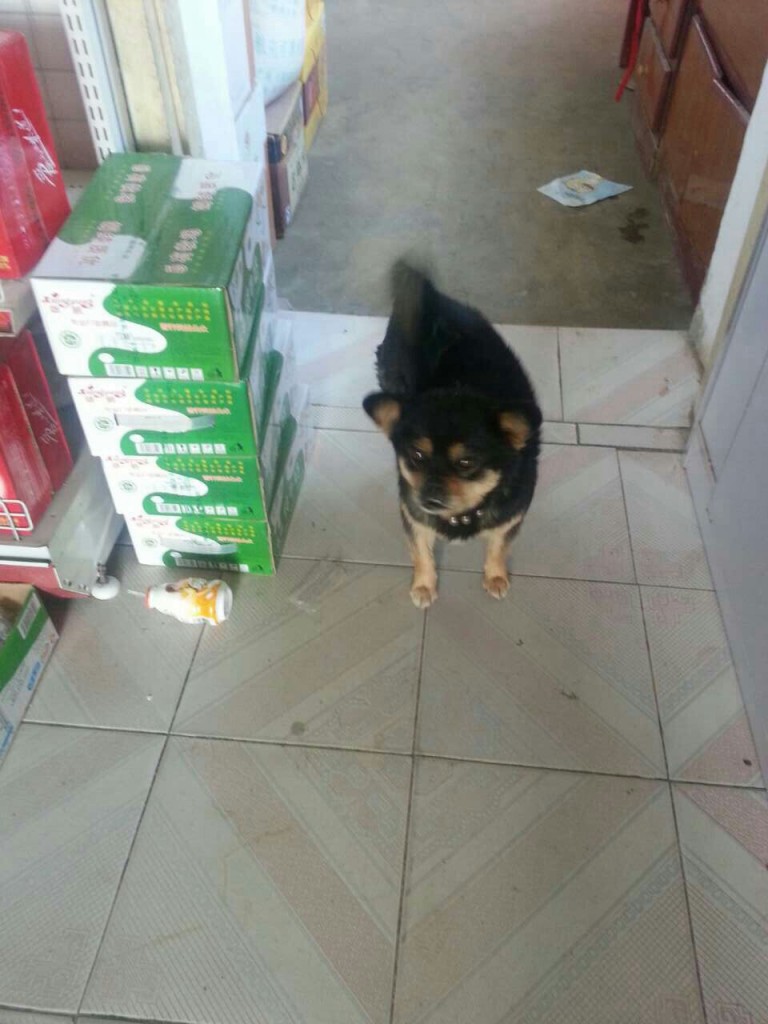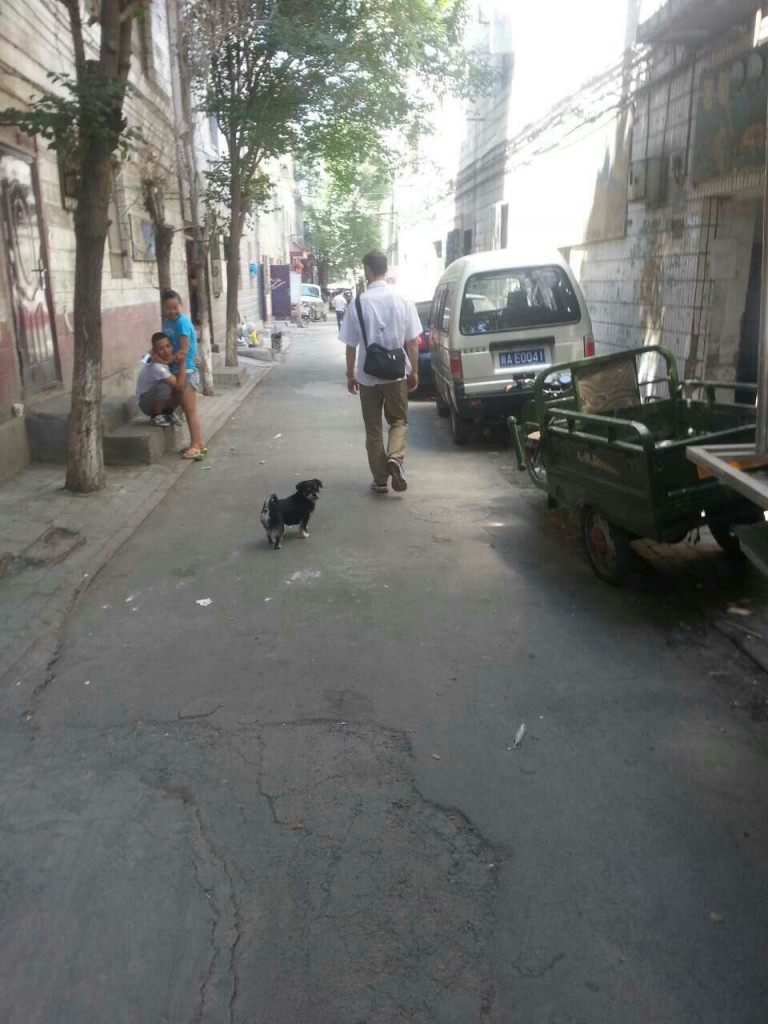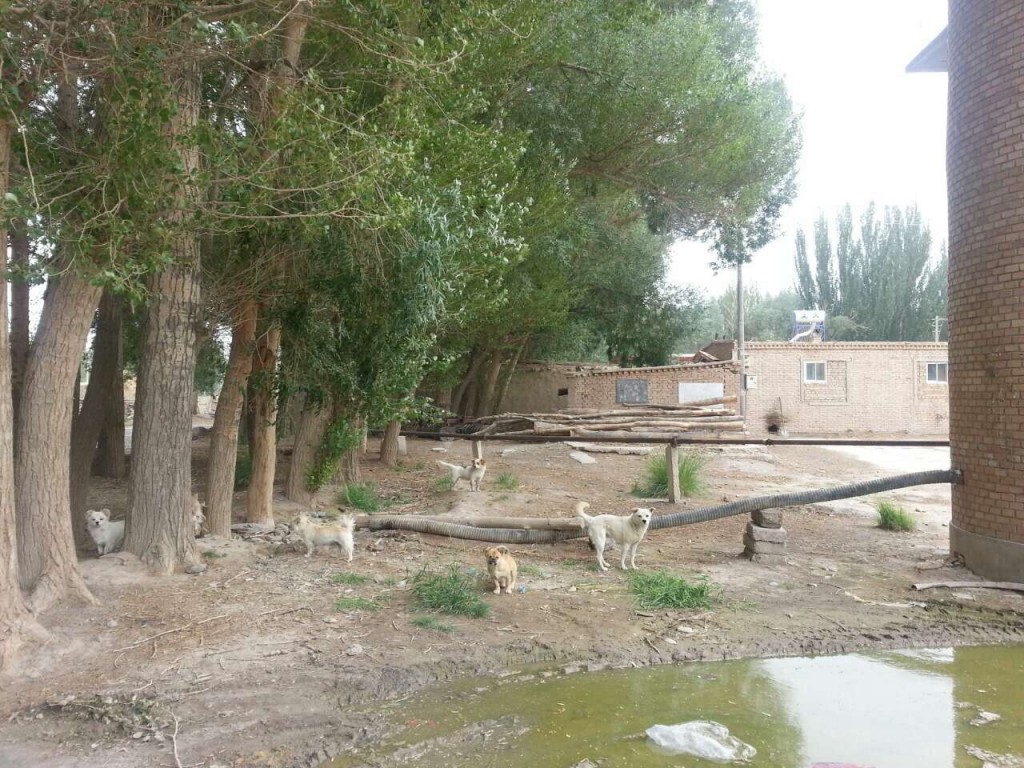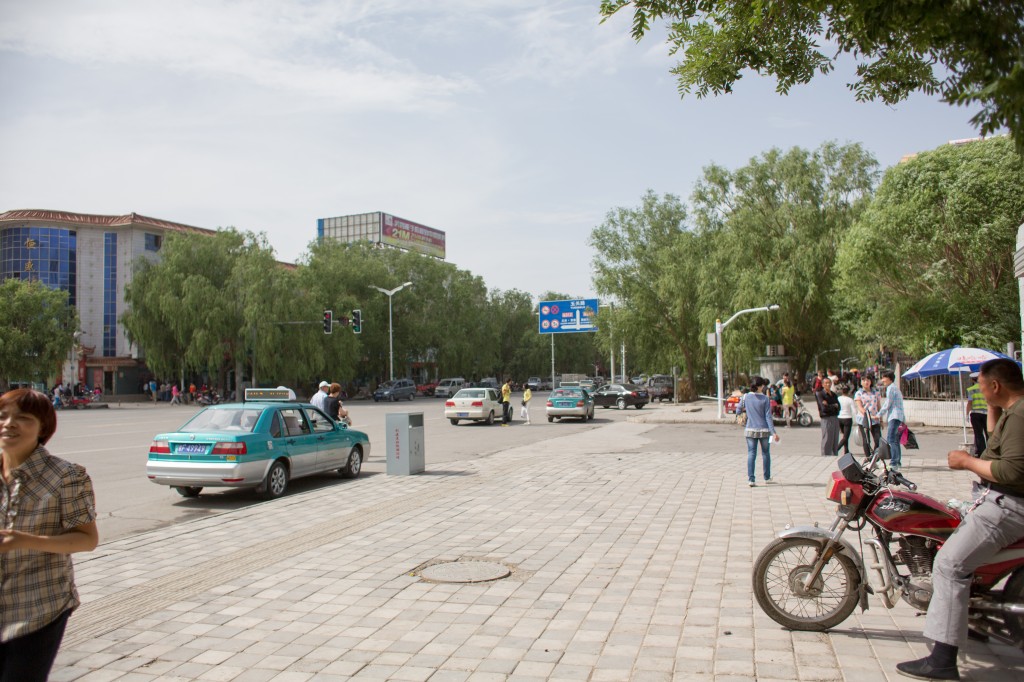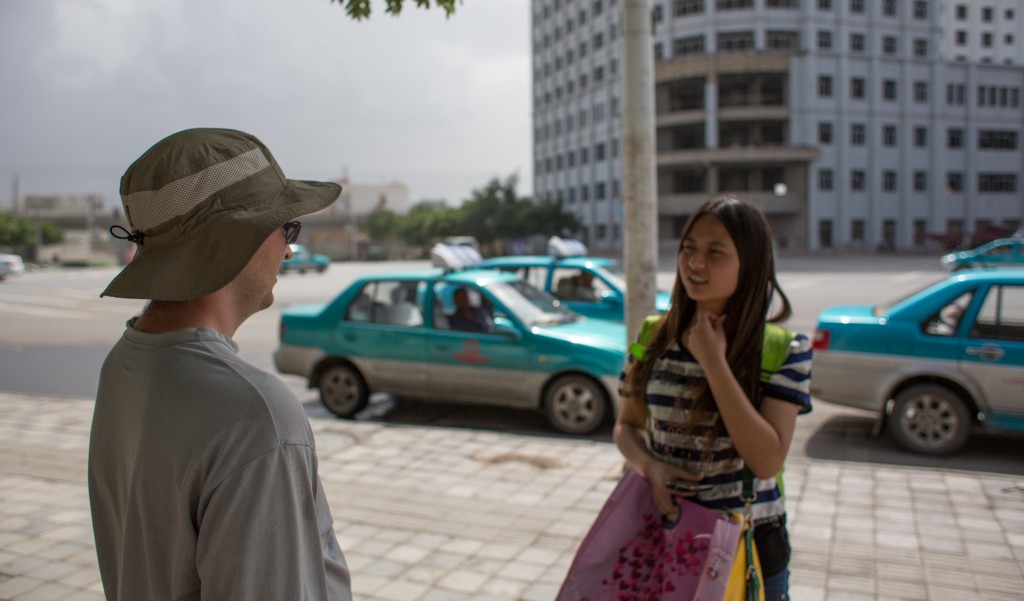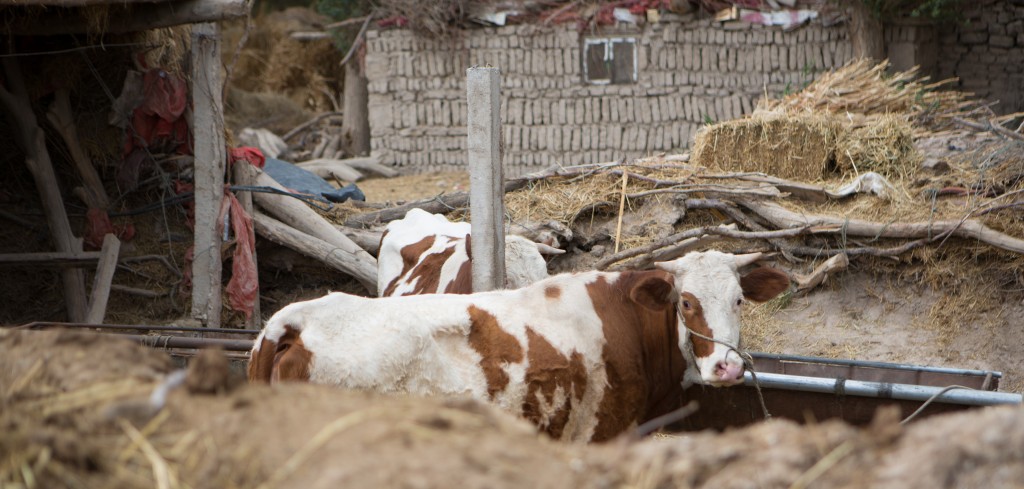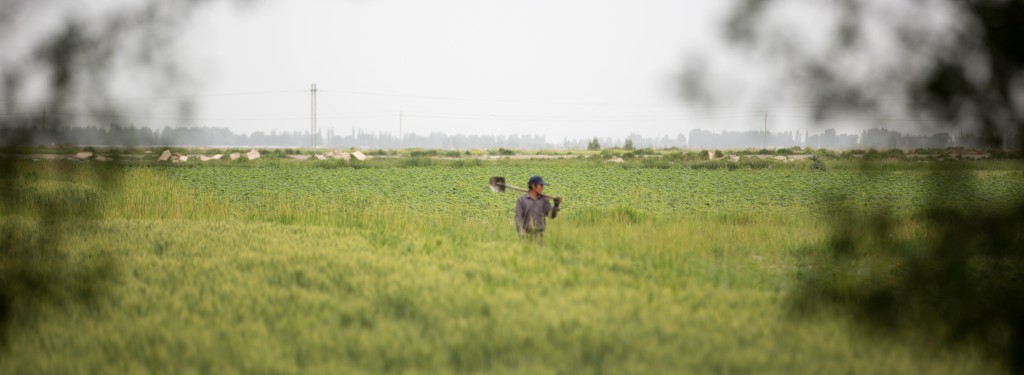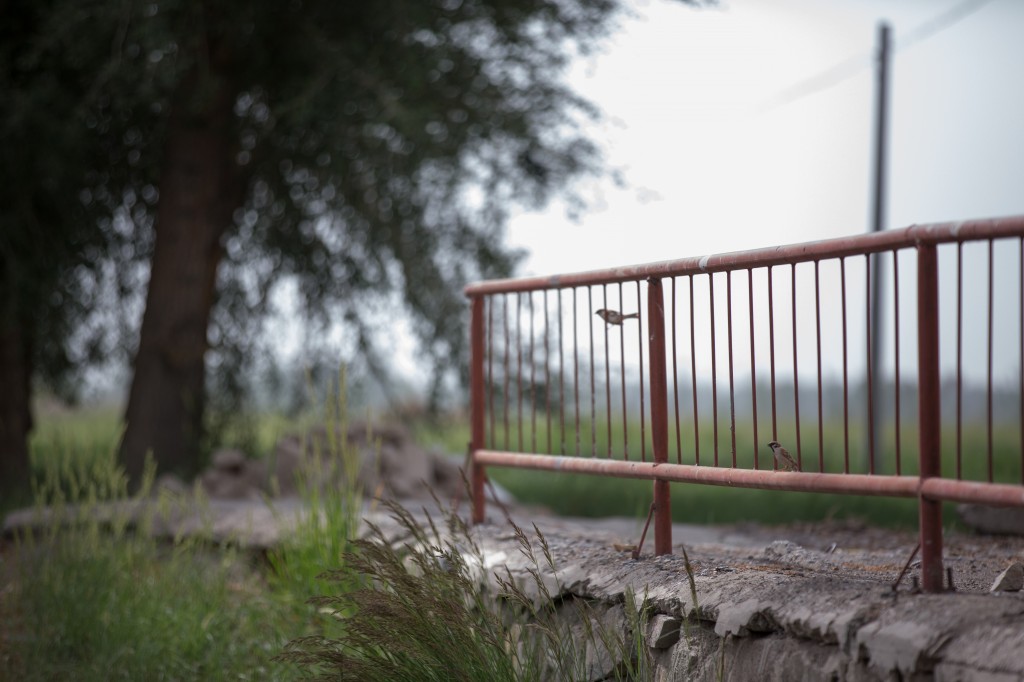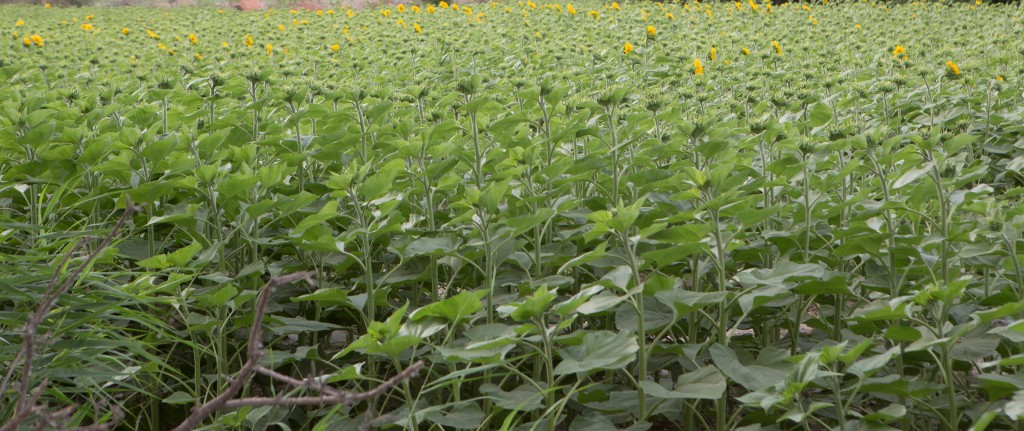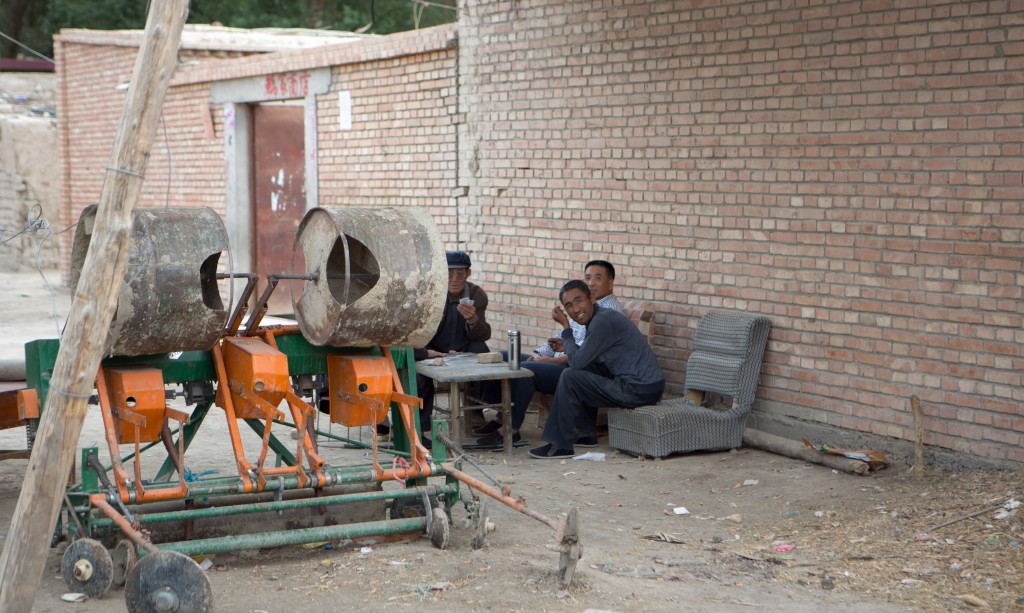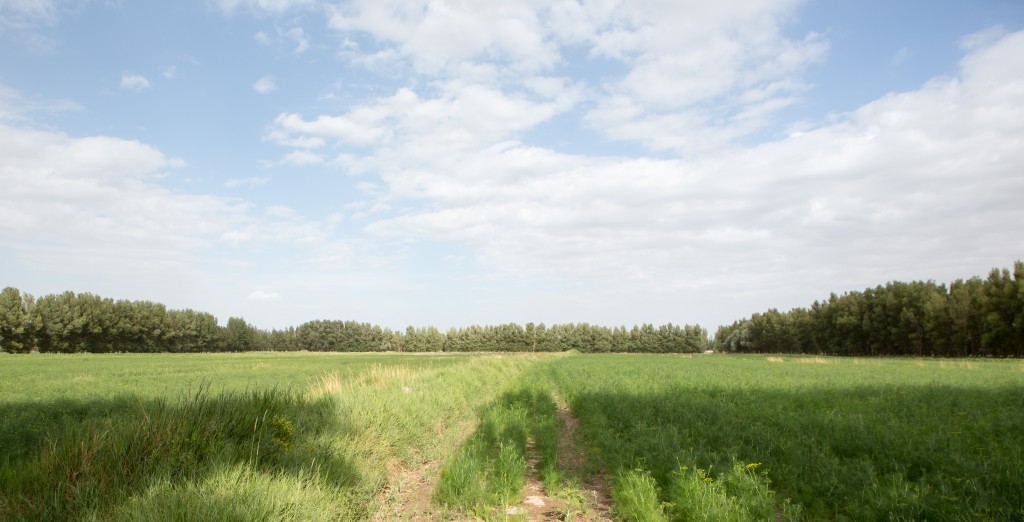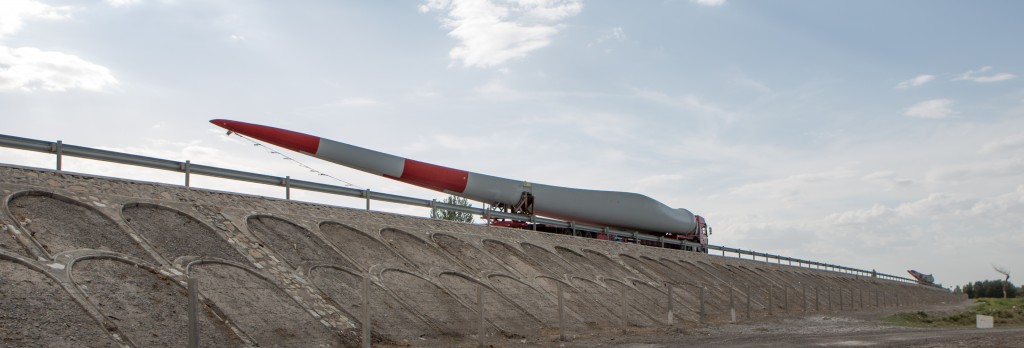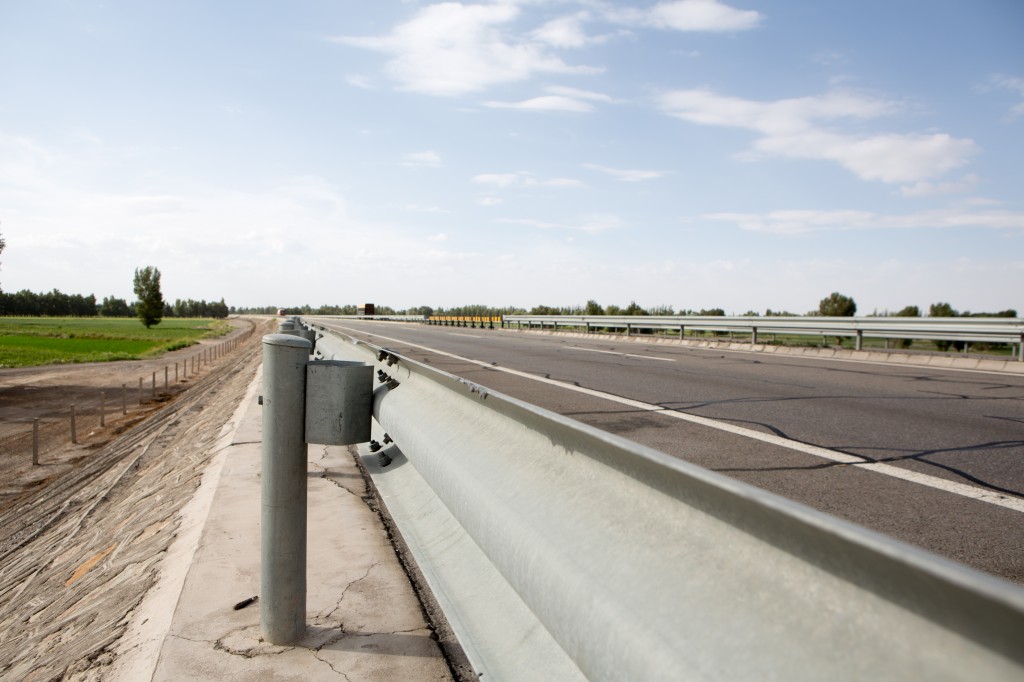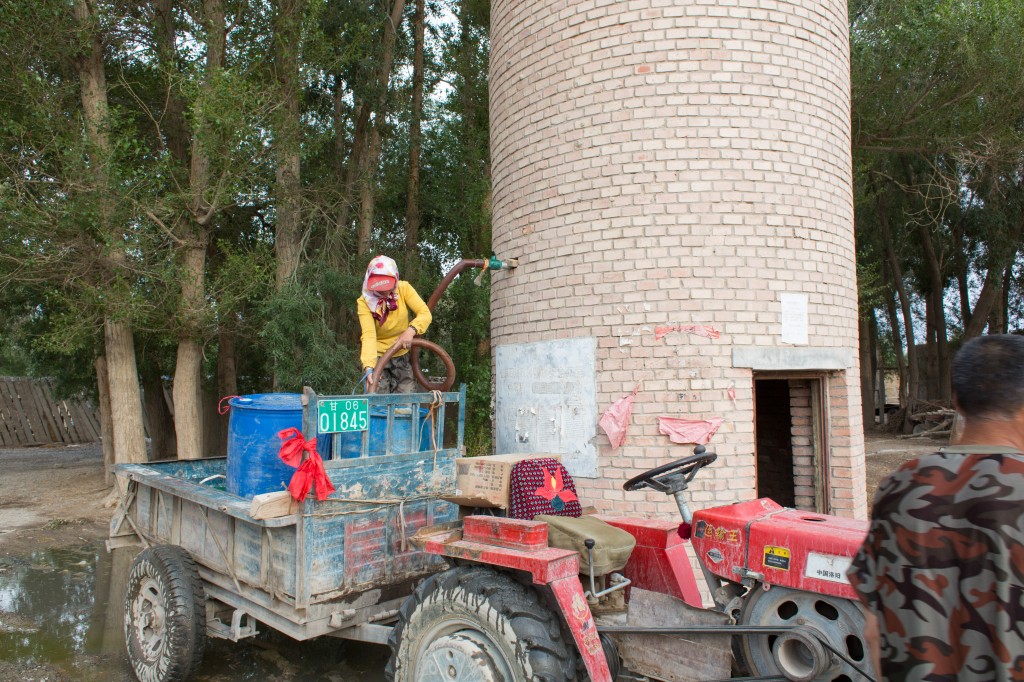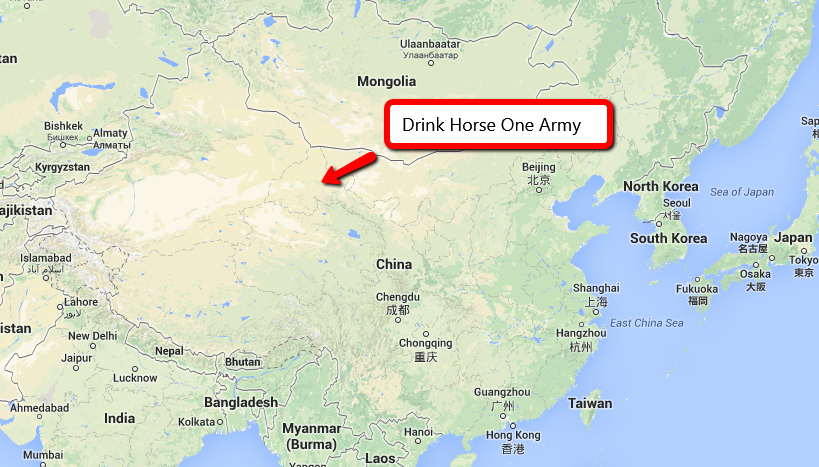
Make sure to check out Part I and Part II before reading this post.
Lily’s mother was waiting for us in the basketball court as Mr. Gao’s van pulled up. She was well dressed for a middle-aged village woman, wearing tight pants, high heels and pearls. I greeted her warmly, and she welcomed us into her house.
At first, our meeting was awkward. Our conversation was stilted, not unlike when strangers who have little to say are forced to mingle. Lily was not there to formally introduce us.
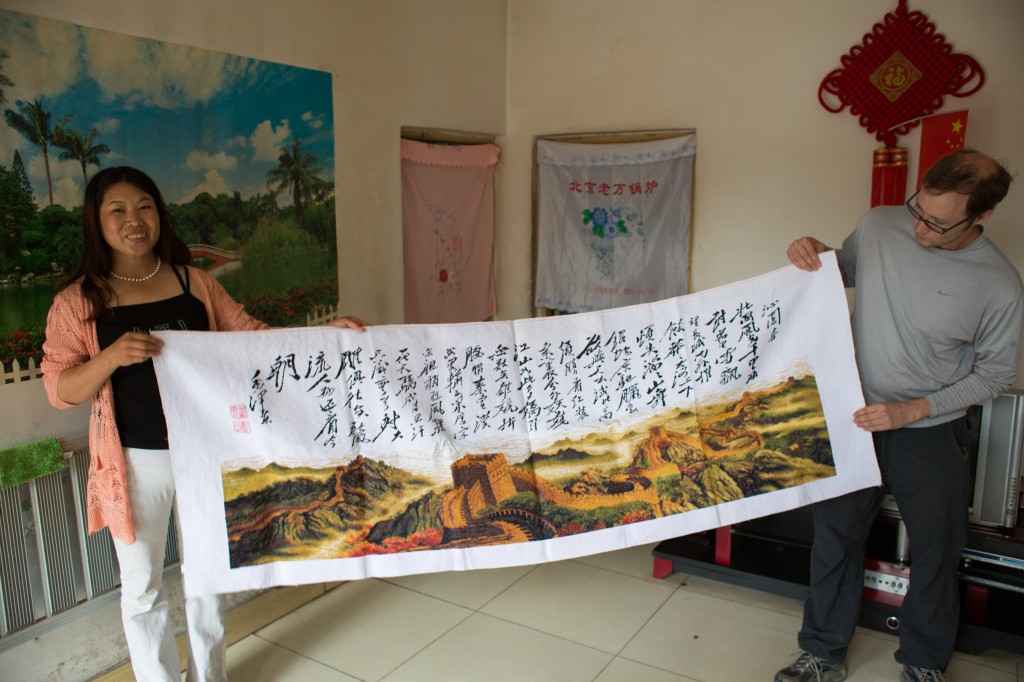
Cross-Stitch of the Great Wall
Lily’s mother was a cross-stitcher and had made a six-foot by two-foot cross stitch hanging above the sofa which read, “May our home and the multitude of things rise up and go well.” The craftsmanship was magnificent, and I told her so. “Thank you. It took me all winter to complete,” she responded, smiling. “There is little farmwork in the winter, so I cross-stitch much of the time.” She showed me a pillowcase she was doing for Lily’s wedding, and I told her my grandmother was a crocheter, similar to cross-stitching.
The more we talked, the more Lily’s mom warmed up to us. We talked about them and how they had come to Drink Horse One Army.
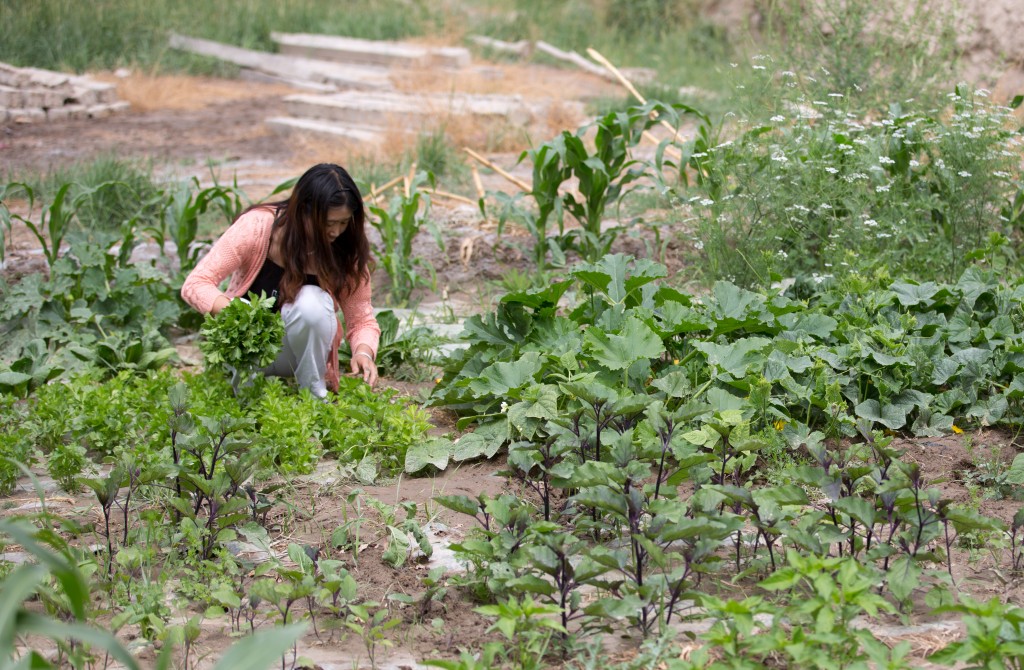
Lily’s Mother Picking Lunch
They were not originally from Drink Horse One Army. They had moved to the Drink Horse One Army village from Wuwei, a Silk Road city near Huazangsi, back when Lily was only three, in 1992. Lily’s father was legally blind and the land that their family owned in Wuwei was already too small to be divided any more between him and his three brothers. At some point, they had an uncle living out in this area, and he was able to find a plot for them to farm as a way to help them out.
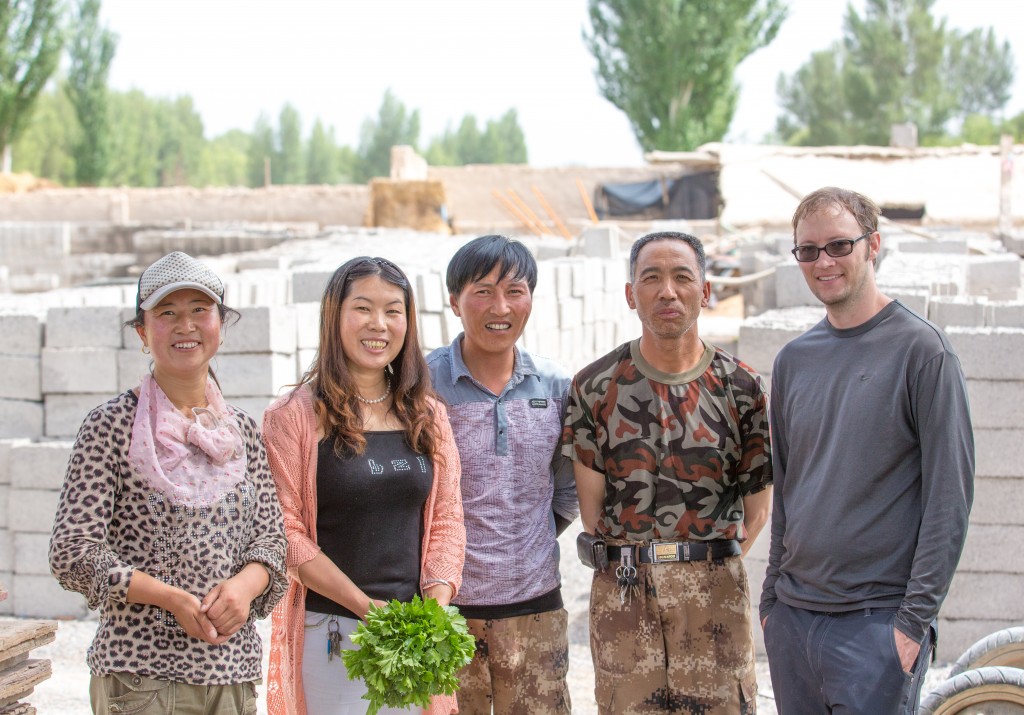
Lily’s Parents, Concrete Workers and Me
Lily’s father returned home, caked in the gray dirt of hard work. As with many fathers, he was taciturn. He smiled quietly most of the time, speaking only when necessary. Part of it was his demeanor, but part of it was his inability to, unlike his wife, speak standard Chinese; sometimes I had trouble understanding Lily’s father’s coarse country accent.
When Lily’s family came to Drink Horse One Army, they had spent most of their time farming. They began with a mixture of subsistence farming and some cash crops, but, soon they were able to make a living just from selling their cash crop, sunflower seeds. Summers were bustling. Spring and autumn were busy enough. Winter was dead, but, each year, they had enough put back to get them through.
But Lily’s father was enterprising. Three years ago, they took some money they had made from selling sunflowers and built a cinderblock factory. I should qualify what I mean by factory: the factory was only a hundred yards outside their village, in a small, creekside field. The factory consisted of a cement churn, a mold and a net overhead to keep the desert sun from beating down on them while they worked.
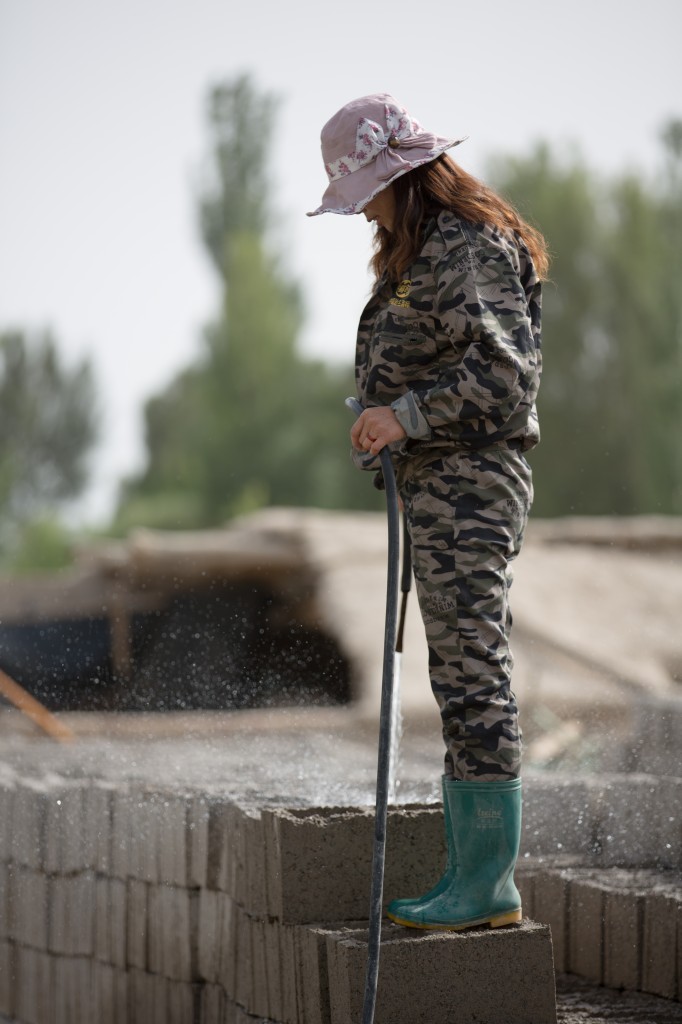
Lily’s Mother Watering Bricks
Each of the bricks sold for three r.m.b., almost half a U.S. dollar. Hired workers used a two-wheel cart to lug the cinderblocks from the cement churn to ground where they could bake in the sun. Lily’s father refilled the cement churn with another worker, while the newly made bricks were lugged back and forth. Lily’s mother, trading her high heels for plastic booties, watered some of the bricks made the day before, to make sure they did not dry out too quickly. While we were there, two men came by on rickety tractors to pull bricks. I helped them load up a hundred something blocks.
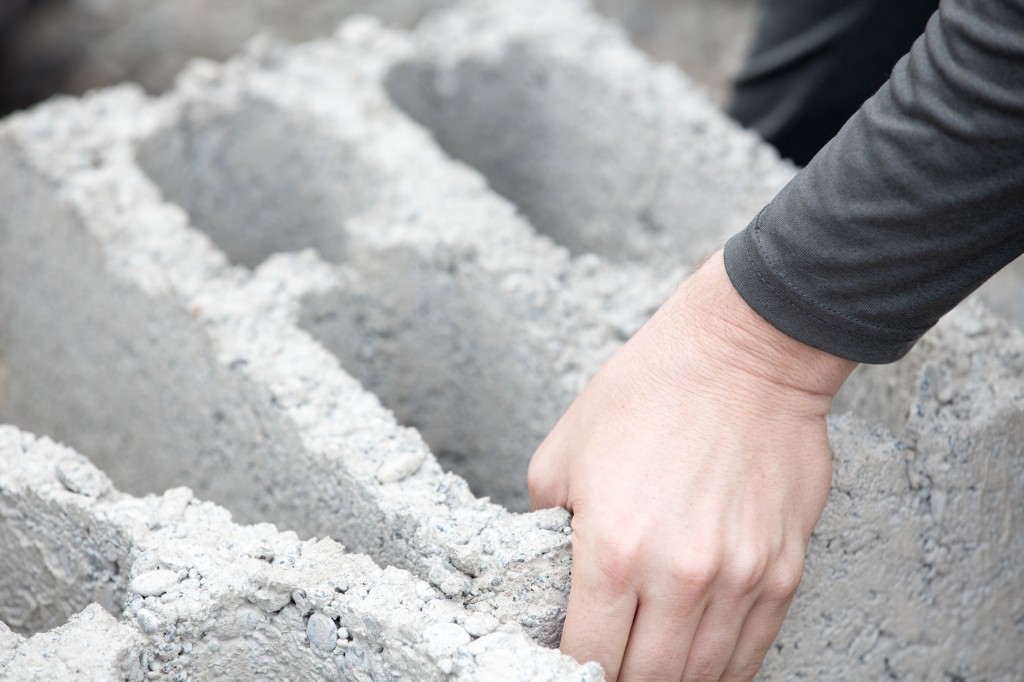
Me Loading Cinderblocks
It was on these bricks that Lily’s family built what, a few years before, would have been considered a small fortune. Their home had a computer, a nice television and a speaker system. The bricks and the hard work they put into them brought in the money for these things.
That night, we talked more at dinner, a simple and delicious dish of noodles and tomatoes. Lily’s father had grown up only eating noodles. Noodles were apparently all most people ate here in Drink Horse One Army and the surrounding province. I asked Lily’s father if he ever ate rice. “No,” he said. “I eat rice, feel full and then, an hour later, I feel hungry. So I just eat noodles.” I laughed and explained to him the American joke about Chinese food.
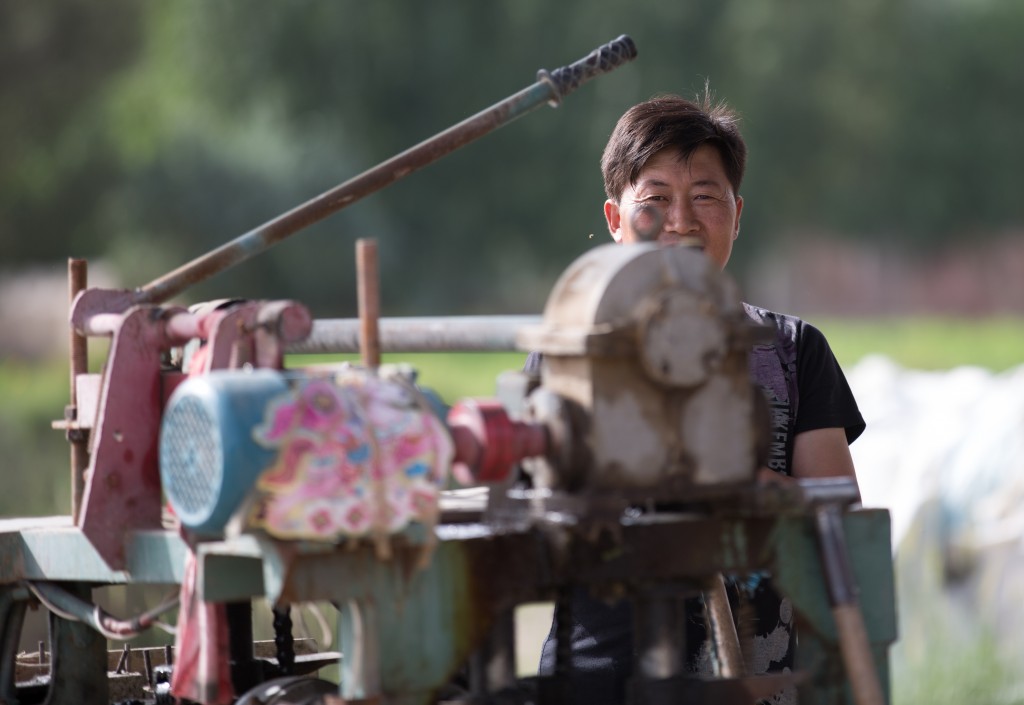
Worker at Cement Factory
They were hoping to expand their factory soon. If they get a bigger factory, they can have the government send workers down from the mountains, places where no one works at all. Then, Lily’s family will start bringing in a lot of money.
Some China watchers claim that the story of China over the last thirty years can be told only in numbers and statistics, the number of people migrating to the cities, the number of factories built, the number of new cities with more than a million people.
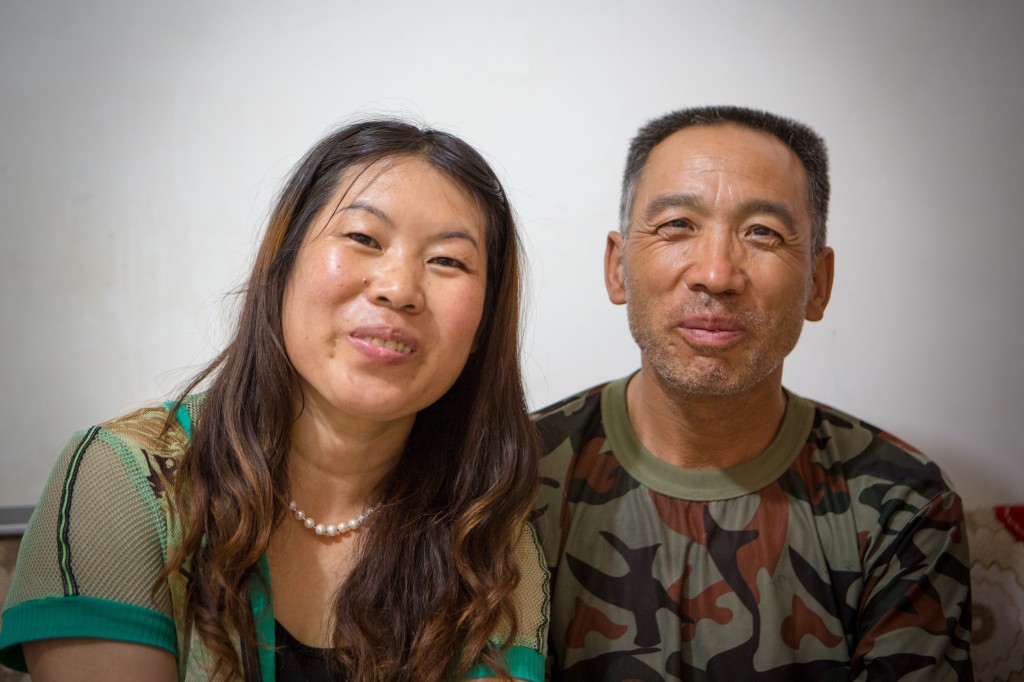
Lily’s Parents
I reject that sort of thinking. It is stories like Lily’s family that have made China’s transformation so great. It is a story that needs no numbers to tell it. People who were starving in the 1970’s, due to idiotic government policies, are now prospering through hard work.
Of course, not everyone has prospered…
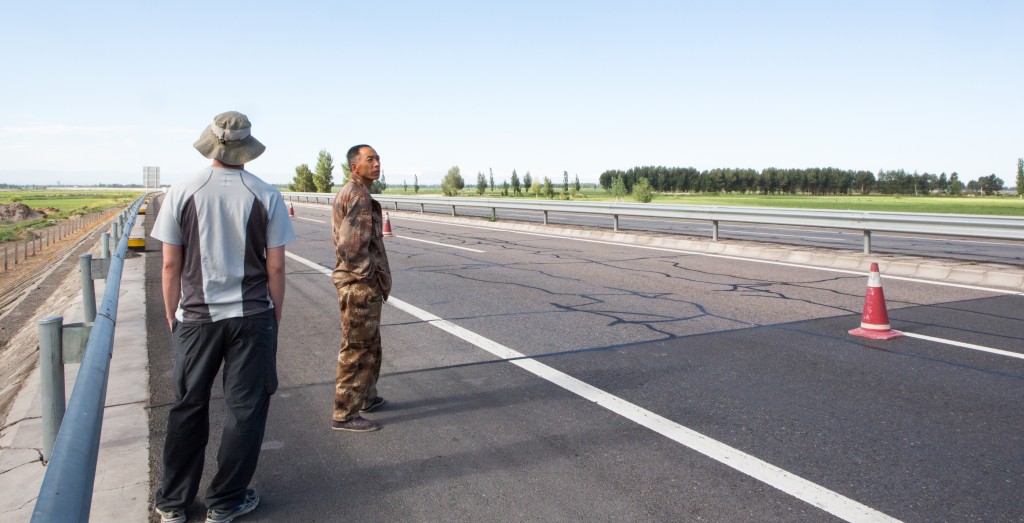
Waiting for a Ride on the New Silk Road
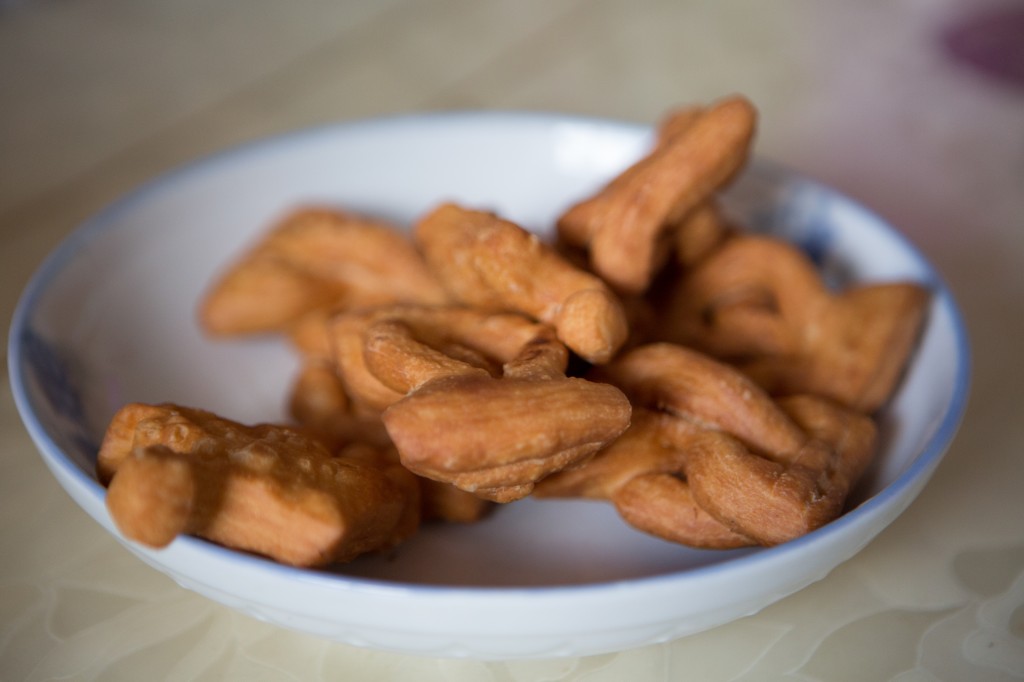
A breakfast of doughnuts made from noodles
